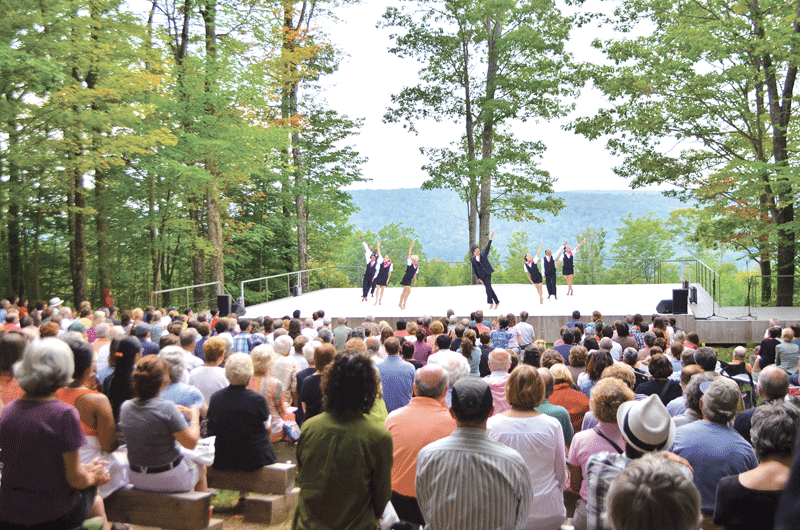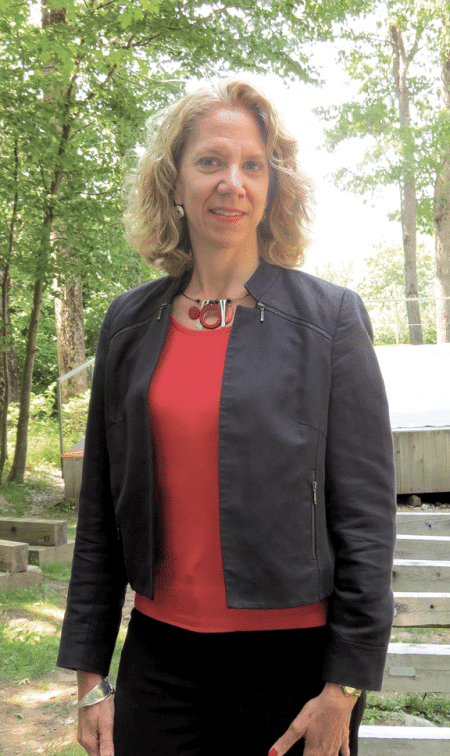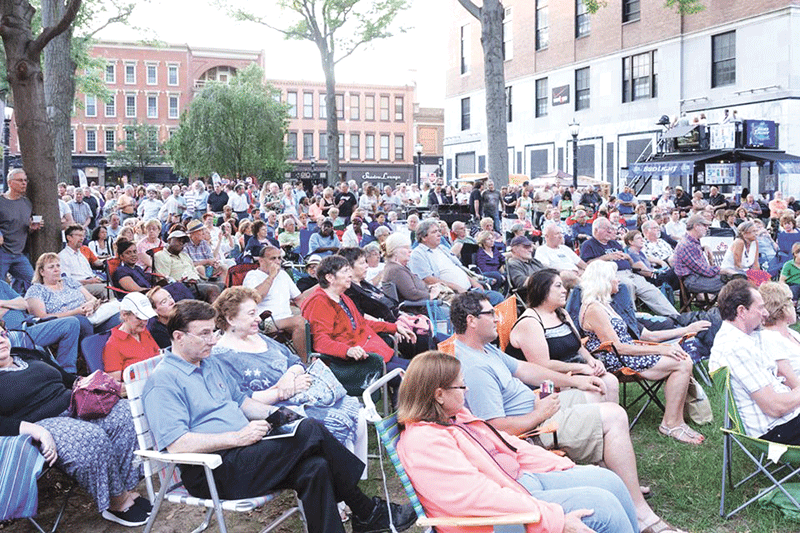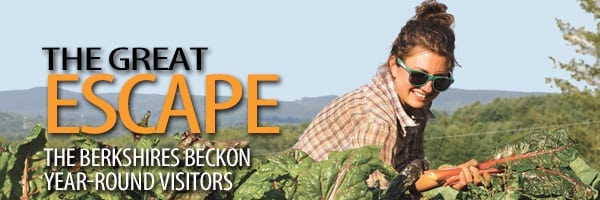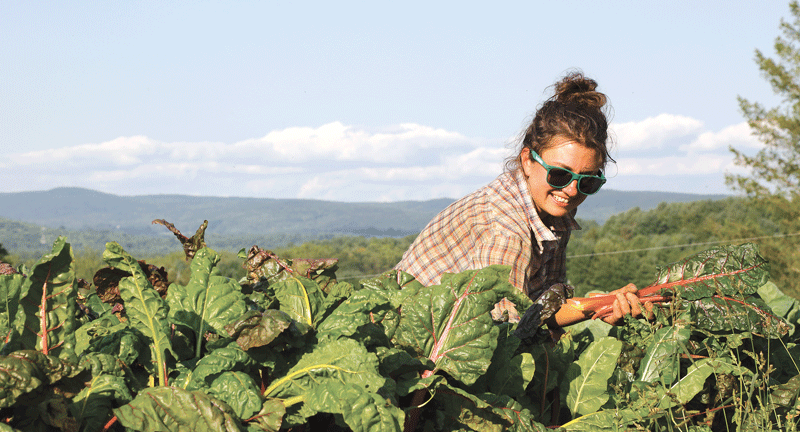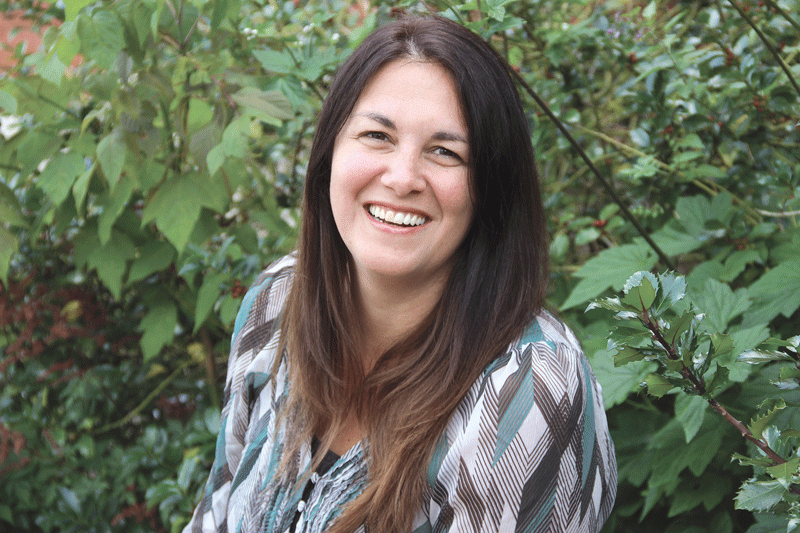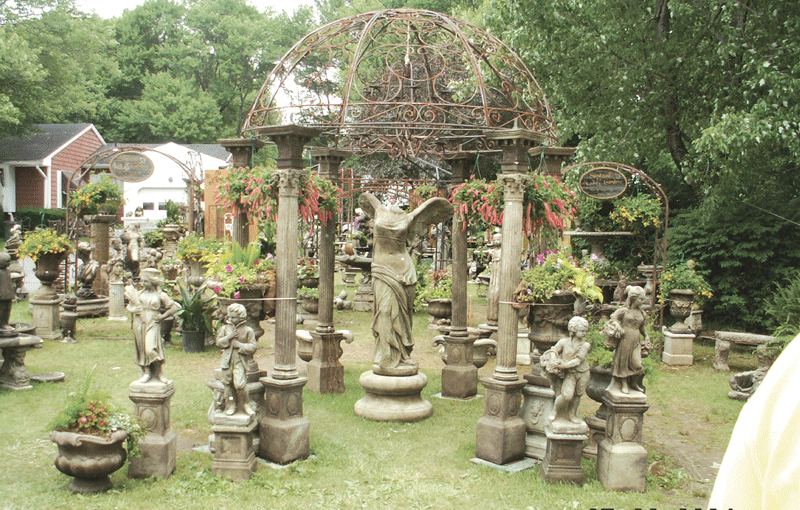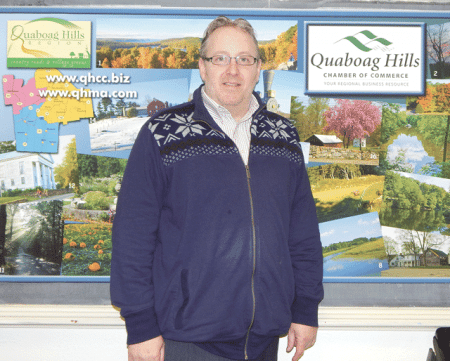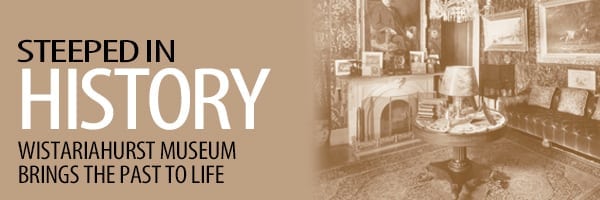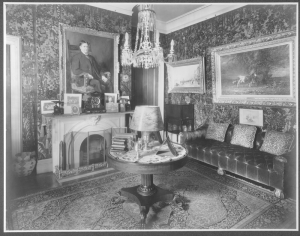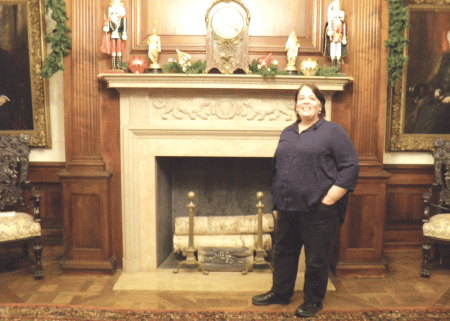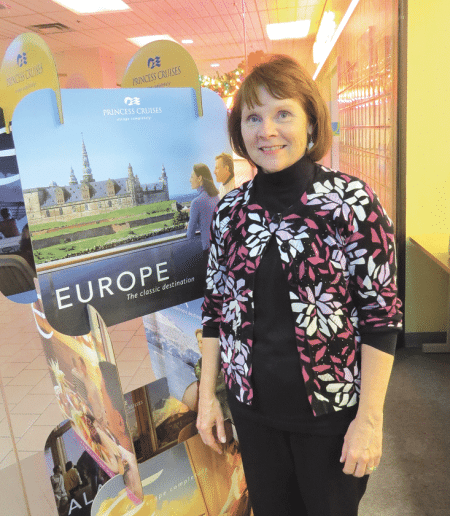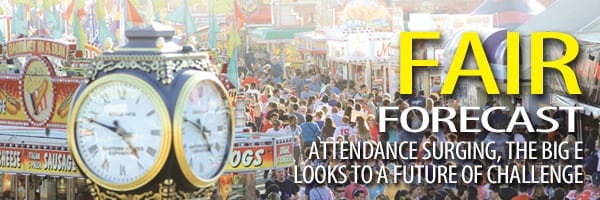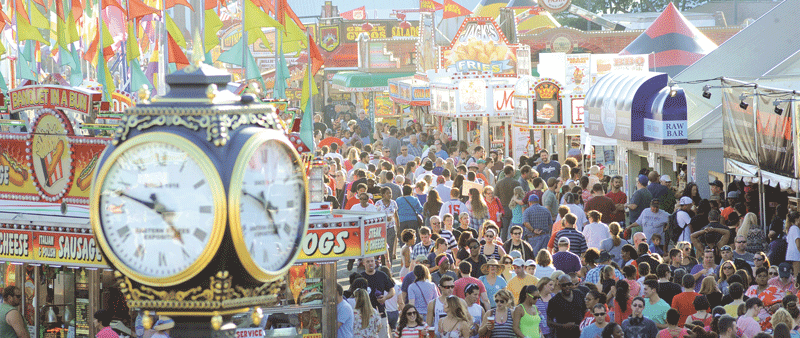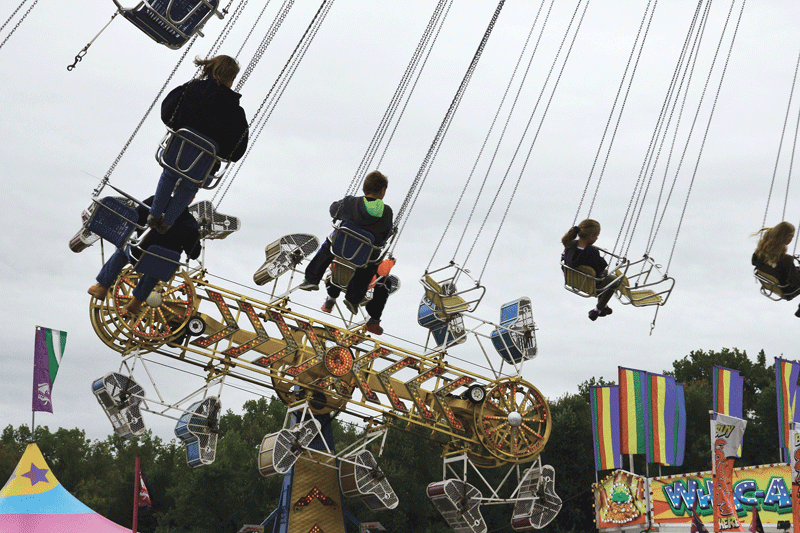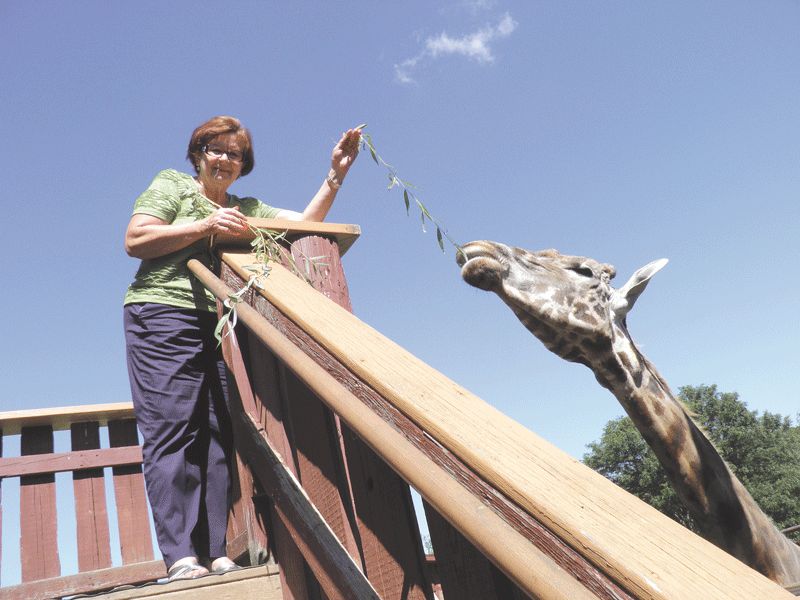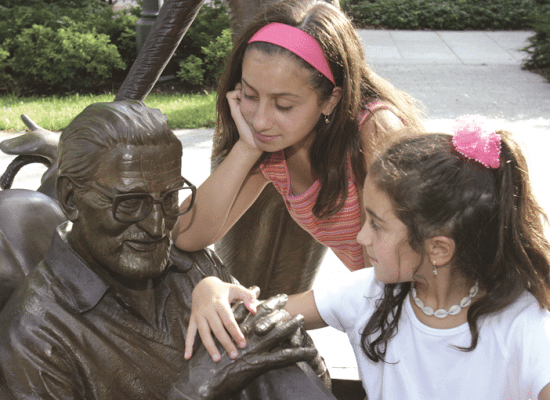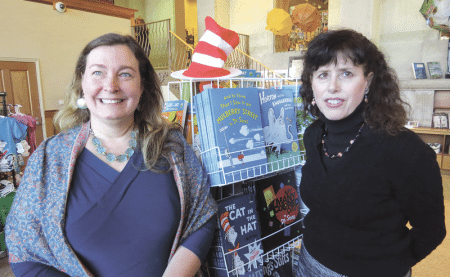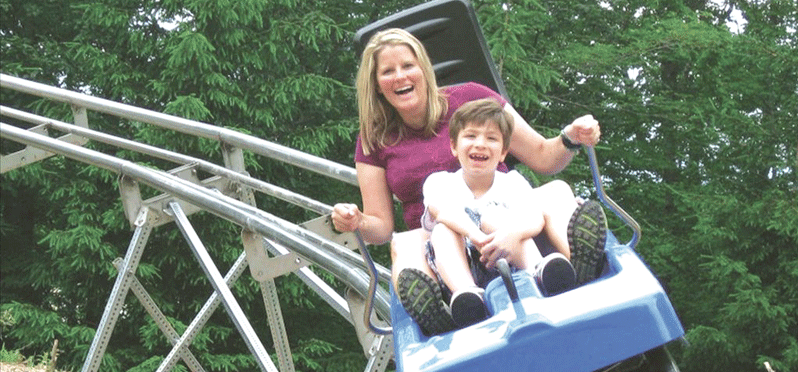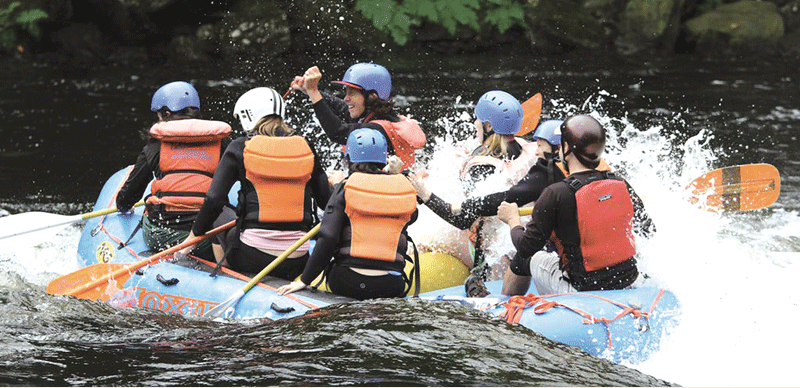Hot Tips
 Vacations are highlights of anyone’s calendar, and summertime is, admittedly, a perfect time to get away. But it’s also a great time to stay at home and enjoy the embarrassment of riches Western Mass. has to offer when it comes to arts and entertainment, cultural experiences, community gatherings, and encounters with nature. From music festivals and agricultural fairs to zoos and water activities — and much more — here is BusinessWest’s annual rundown of some of the region’s outdoor highlights. Have fun!
Vacations are highlights of anyone’s calendar, and summertime is, admittedly, a perfect time to get away. But it’s also a great time to stay at home and enjoy the embarrassment of riches Western Mass. has to offer when it comes to arts and entertainment, cultural experiences, community gatherings, and encounters with nature. From music festivals and agricultural fairs to zoos and water activities — and much more — here is BusinessWest’s annual rundown of some of the region’s outdoor highlights. Have fun!
MUSIC, THEATER, AND DANCE
FreshGrass Festival
1040 MASS MoCA Way, North Adams, MA
www.freshgrass.com
Admission: $46-$119 for three-day pass; $350 for VIP ‘FreshPass’
Sept. 14-16: The Massachusetts Museum of Contemporary Art is known for its musical events, and the Fresh Grass festival is among the highlights, showcasing close to 50 bluegrass artists and bands over three days. This year, the lineup includes Indigo Girls, Trampled by Turtles, Flogging Molly, Béla Fleck, Ricky Skaggs and Kentucky Thunder, and many more.
Green River Festival
One College Dr., Greenfield, MA
www.greenriverfestival.com
Admission: Weekend, $129.99; Friday, $34.99; Saturday, $69.99; Sunday, $64.99
July 13-15: For one weekend every July, Greenfield Community College hosts a high-energy celebration of music; local food, beer, and wine; handmade crafts; and games and activities for families and children — all topped off with hot-air-balloon launches and Friday- and Saturday-evening ‘balloon glows.’ The music is continuous on three stages, with more than 35 bands slated to perform.
 Jacob’s Pillow Dance Festival
Jacob’s Pillow Dance Festival
358 George Carter Road, Becket, MA
www.jacobspillow.org
Admission: $25 and up
Through Aug. 26: Now in its 86th season, Jacob’s Pillow has become one of the country’s premier showcases for dance, featuring more than 50 dance companies from the U.S. and around the world. Participants can take in scores of free performances, talks, and events; train at one of the nation’s most prestigious dance-training centers; and take part in community programs designed to educate and engage audiences of all ages. This year’s highlights include a season-opening performance by the Royal Danish Ballet, a visit from the ever-popular Pilobolus, and an artist-curated program by New York City Ballet’s Daniel Ulbricht.
Mahaiwe Performing Arts Center
14 Castle St., Great Barrington, MA
www.mahaiwe.org
Admission: Varies by event
Year-round: The beloved Mahaiwe Theatre dates back to 1905 — continuously running programs since its opening — and underwent an extensive, $9 million renovation starting in 2003. Today, the theater seats just under 700 and hosts year-round arts programming, including music, dance, theatre, opera, talks, and movie classics. It’s leaders say Mahaiwe is a staple and a resource: its live performances inspire tens of thousands of audience members each year, its embrace of modern technology supplements programming with live, high-definition satellite broadcasts from around the world, and its year-round schedule enhances the quality of life for those who reside in and visit the Berkshires.
Old Sturbridge Village Craft Beer & Roots Music Festival
1 Old Sturbridge Village Road, Sturbridge, MA
www.osv.org
Admission: $14-$28; free for children under 4
July 21: OSV’s craft beer festival is back, with more brews, bands, and bites than ever before. Eighteen craft breweries from across New England will offer an opportunity to sample and purchase some of the region’s top beers, ciders, and ales, while barbecue pork, brats, burgers, and more will be available. At five indoor and outdoor stages, more than a dozen musical artists will present the sounds of Americana, bluegrass, country, folk, and roots music.
Springfield Jazz and Roots Festival
Court Square, Springfield, MA
www.springfieldjazzfest.com
Admission: Free
Aug. 11: The fifth annual Springfield Jazz & Roots Festival will offer a festive atmosphere featuring locally and internationally acclaimed musical artists. More than 10,000 people are expected to hear sounds from a mix of well-known artists and up-and-comers. Headliners announced so far include Maceo Parker, Pedrito Martinez Group, and Jon Cleary, with more announcements expected soon.
Tanglewood
297 West St., Lenox, MA
www.bso.org
Admission: Varies
Through Sept. 14: Tanglewood has been the summer home of the Boston Symphony Orchestra since 1937, and like previous years, it has a broad, diverse slate of concerts in store for the 2018 season, including the Festival of Contemporary Music on July 26-30 and performances by the Boston Symphony and Boston Pops orchestras, ensembles of the Tanglewood Music Center, and internationally renowned guest artists from the worlds of classical, jazz, American songbook, Broadway, rock, pop, and dance.
Williamstown Theatre Festival
1000 Main St., Williamstown, MA
www.wtfestival.org
Admission: $60-$75
Through Aug. 19: Six decades ago, the leaders of Williams College’s drama department and news office conceived of an idea: using the campus’ theater for a summer performance program with a resident company. Since then, the festival has attracted a raft of notable guest performers, with this year’s names including Matthew Broderick (The Closet, June 26 to July 4) and Mary-Louise Parker (The Sound Inside, June 27 to July 8). The 2018 season’s seven productions will spotlight a range of both original productions and works by well-known playwrights.
HISTORY AND CULTURE
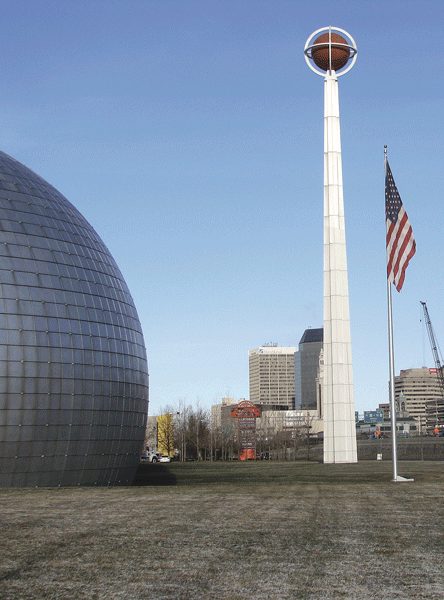 Naismith Memorial Basketball Hall of Fame
Naismith Memorial Basketball Hall of Fame
1000 Hall of Fame Ave., Springfield, MA
www.hoophall.com
Admission: $16-$24; free for children under 5
Year-round: The Naismith Memorial Basketball Hall of Fame is home to more than 300 inductees and more than 40,000 square feet of basketball history. Hundreds of interactive exhibits share the spotlight with skills challenges, live clinics, and shooting contests. A $44 million capital campaign is funding a two-phase renovation project, with the first phase, including new dome lighting, a main lobby overhaul, and significant renovation of the Hall’s theater, now complete.
Glasgow Lands Scottish Festival
300 North Main St., Florence, MA
www.glasgowlands.org
Admission: $5-$16, free for children under 6
July 21: Celebrating its 25th anniversary this year, the largest Scottish festival in Massachusetts, held at Look Park, features Highland dancers, pipe bands, a pipe and drum competition, animals, spinners, weavers, harpists, Celtic music, athletic contests, activities for children, and the authentically dressed Historic Highlanders recreating everyday life in that society from the 14th through 18th centuries.
Glendi
22 St. George Road, Springfield, MA
www.stgeorgecath.org/glendi
Admission: Free
Sept. 7-9: Every year, St. George Cathedral offers thousands of visitors the best in traditional Greek foods, pastries, music, dancing, and old-fashioned Greek hospitality. In addition, the festival offers activities for children, tours of the historic St. George Cathedral and Byzantine Chapel, vendors from across the East Coast, icon workshops, movies in the Glendi Theatre, cooking demonstrations, and more.
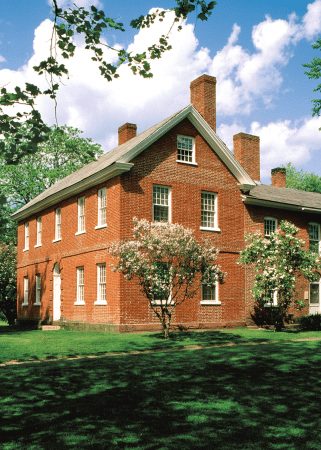 Historic Deerfield
Historic Deerfield
84B Old Main St., Deerfield, MA
www.historic-deerfield.org
Admission: $5-$18; free for children under 6
Year-round: Historic Deerfield, founded in 1952, is an outdoor museum that interprets the history and culture of early New England and the Connecticut River Valley. Visitors can tour 12 carefully preserved antique houses dating from 1730 to 1850, and explore world-class collections of regional furniture, silver, textiles, and other decorative arts on display in the authentic period houses and in the Flynt Center of Early New England Life, a state-of-the-art museum facility. Check out the website for a packed roster of summer activities, including educational lectures, cooking demonstrations, and exhibitions of period decoration, textiles, furniture, and art.
Pocumtuck Homelands Festival
Unity Park, 1st Street, Turners Falls, MA
www.nolumbekaproject.org
Admission: Free
Aug. 4: This fifth annual celebration of the parks, people, history, and culture of Turners Falls is a coordinated effort of the Nolumbeka Project and RiverCulture. The event features outstanding Native American crafts, food, and live music, as well as demonstrations of primitive skills. The Nolumbeka Project aims to preserve regional Native American history through educational programs, art, history, music, heritage seed preservation, and cultural events.
Shakerfest
1843 West Housatonic St., Pittsfield, MA
www.hancockshakervillage.org
Admission: $65-$70 for all access; individual activities priced separately
Aug. 18: Hancock Shaker Village will present a day of music, ballads, storytelling, and dance — a place where musicians blend with the audience, and there’s no backstage. From food to free tours of ancient medicinal herb gardens, this festival offers numerous experiences to enjoy with the music, including afternoon harmony and dance workshop; an evening performance in the barn that combines traditional song and dance with new compositions, movement, and projections inspired by the Shakers who built the barn; and a rollicking barn dance.
Stone Soul Festival
1780 Roosevelt Ave., Springfield, MA
www.stonesoulfestival.com
Admission: Free
Aug. 31 to Sept. 2: New England’s largest African-American festival offers family-oriented activities, entertainment, and cultural enrichment, and is a vehicle for minority-owned businesses to display their wares and crafts. Entertainment at Blunt Park includes gospel, jazz, R&B, and dance. Sunday’s free picnic includes ribs and chicken cooked by talented pitmasters, backed by live gospel music performed by local and regional choirs.
Yidstock
1021 West St., Amherst, MA
www.yiddishbookcenter.org/yidstock
Admission: Festival pass, $236; tickets may be purchased for individual events
July 12-15: Boasting an array of concerts, lectures, and workshops, Yidstock 2018: The Festival of New Yiddish Music brings the best in klezmer and new Yiddish music to the stage at the Yiddish Book Center on the campus of Hampshire College. The seventh annual event offers an intriguing glimpse into Jewish roots, music, and culture.
FAIRS AND FESTS
Berkshires Arts Festival
380 State Road, Great Barrington, MA
www.berkshiresartsfestival.com
Admission: $7-$14; free for children under 10
n July 6-8: Ski Butternut may be best-known for … well, skiing, of course. But the property also plays host to the Berkshires Arts Festival, a regional tradition now in its 17th year. Thousands of art lovers and collectors are expected to stop by to check out and purchase the creations of more than 200 artists and designers.
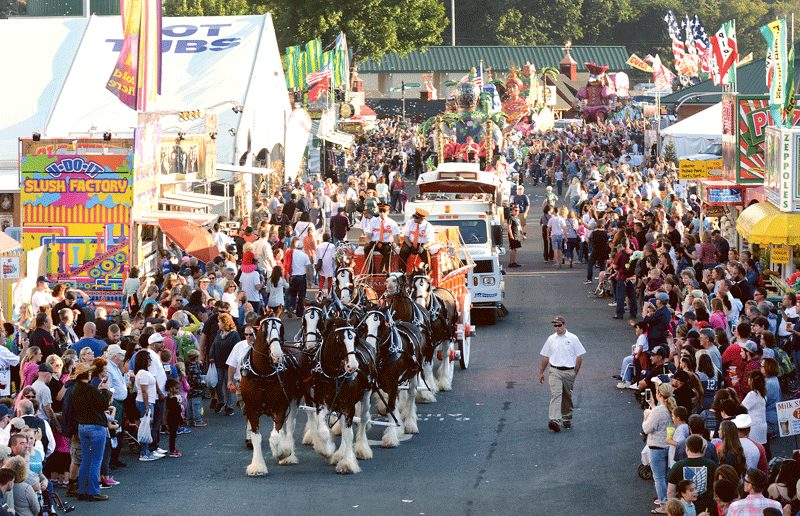 The Big E
The Big E
1305 Memorial Ave., West Springfield, MA
www.easternstatesexposition.com
Admission: $10-$15; free for children under 5; 17-day pass $20-$40
Sept. 14-30: As regional fairs go, it’s still the big one, and there’s something for everyone, whether it’s the copious fair food or the livestock shows, the Avenue of States houses or the parades, the local vendors and crafters or the live music. But it’s not the only agricultural fair on the block. The Westfield Fair kicks things off Aug. 18-20, followed by the Blandford Fair and the Three County Fair in Northampton Aug. 31 to Sept. 3, the Franklin County Fair in Greenfield on Sept. 6-9, and the Belchertown Fair on Sept. 21-23, to name some of the larger gatherings.
Celebrate Holyoke
Downtown Holyoke, MA
www.celebrateholyokemass.com
Admission: Free
Aug. 24-26: Celebrate Holyoke is a three-day festival that made its return in 2015 after a 10-year hiatus, and typically draws more than 10,000 people downtown over the course of the weekend. This year’s festival will include live musical performances, food and beverages from local restaurants, activities for children, and goods from local artists and makers.
Downtown Get Down
Exchange Street, Chicopee, MA
www.chicopeegetdown.com
Admission: Free
Aug. 24-25: Now in its fourth year, Chicopee’s downtown block party, which typically draws about 15,000 people to the streets around City Hall, will feature tons of live music, as well as attractions for children, local food vendors, live art demonstrations, and the Get Down 5K Race.
Franklin County Beer Fest
66 Thunder Mountain Road, Charlemont, MA
www.berkshireeast.com
Admission: $25 in advance, $30 at the door
July 21: Join fellow brew enthusiasts for an afternoon of food, music, and drink. The third annual Franklin County Beer Fest will be held at Berkshire East Mountain Resort and will feature beer from several local breweries, local ciders, and local mead and libations. Online ticket buyers will receive a souvenir glass.
Mattoon Street Arts Festival
Mattoon Street, Springfield, MA
www.mattoonfestival.org
Admission: Free
Sept. 8-9: Now in its 46th year, the Mattoon Street Arts Festival is the longest-running arts festival in the Pioneer Valley, featuring about 100 exhibitors, including artists that work in ceramics, fibers, glass, jewelry, painting and printmaking, photography, wood, metal, and mixed media. Food vendors and strolling musicians help to make the event a true late-summer destination.
Monson Summerfest
Main Street, Monson, MA
www.monsonsummerfestinc.com
Admission: Free
July 4: In 1979, a group of parishioners from the town’s Methodist church wanted to start an Independence Day celebration focused on family and community, The first Summerfest featured food, games, and fun activities. With the addition of a parade, along with booths, bands, rides, and activities, the event has evolved into an attraction drawing more than 10,000 people every year.
River Celebration
350 Linden St., Brattleboro, VT
www.ctriver.org/celebration
Admission: $15; free for children 12 and under
June 16: The Connecticut River Conservancy will host this family-friendly event at the Retreat Farm in Brattleboro. Morning excursions including a pontoon cruise on the Connecticut River, a paddling adventure in the Meadows, a freshwater mussel ecology workshop, a fly-casting workshop, and more. Enjoy live music by River Rhapsody and lunch by Tito’s Taqueria and Vermont Country Deli. Additional activities include an ice-cream-making workshop and several demonstrations open all day: a stream table, a soil-infiltration table, a water-quality testing station, and more. Vermont Lt. Gov. David Zuckerman will moderate the “Farm/River Roundtable: Doing Right by Our Rivers.”
Worthy Craft Brew Fest
201 Worthington St., Springfield, MA
www.theworthybrewfest.com
Admission: $45 in advance, $50 at the door
June 16: Smith’s Billiards and Theodores’ Booze, Blues & BBQ, both in the city’s entertainment district, will host more than 25 breweries, with music by Feel Good Drift and the Radiators Soul and Rhythm and Blues Revue, and food served up by Theodores’, Mercado Food Truck, and Nora Cupcake Co. The event will also feature a home-brew contest; Amherst Brewing will make the winner’s beer and serve it at next year’s Brew Fest.
MORE FUN UNDER THE SUN
Berkshire Botanical Garden
5 West Stockbridge Road, Stockbridge, MA
www.berkshirebotanical.org
Admission: $12-$15; free for children under 12
Through Oct. 8: If the flora indigenous to, or thriving in, the Berkshires of Western Mass. is your cup of tea, try 15 acres of stunning public gardens at the Berkshire Botanical Garden in Stockbridge. Originally established as the Berkshire Garden Center in 1934, today’s not-for-profit, educational organization is both functional and ornamental, with a mission to fulfill the community’s need for information, education, and inspiration concerning the art and science of gardening and the preservation of the environment. In addition to the garden’s collections, among the oldest in the U.S., visitors can enjoy workshops, special events, and guided tours.
Crab Apple Whitewater Rafting
2056 Mohawk Trail, Charlemont, MA
www.crabapplewhitewater.com
Admission: Varies by activity
Through Oct. 8: Wanna get wet? Crab Apple is a third-generation, multi-state family business that operates locally on the Deerfield River in the northern Berkshire Mountains of Western Mass. Its five separate rafting excursions range from mild to wild, full- or half-day runs, in rafts and inflatable kayaks. In short, Crab Apple offers something for everyone, from beginners to more experienced rafters.
Great New England Air & Space Show
57 Patriot Ave., Chicopee, MA
www.greatnewenglandairshow.org
Admission: Free; upgraded paid seating available
July 14-15: The 2018 Great New England Air & Space Show at Westover Air Reserve Base will feature popular attractions like the U.S. Air Force Thunderbirds, who last performed in Chicopee in 2008. But note the subtle change to the event title — ‘Space Show.’ That’s because the Air Force operates the largest space program in the world, and the Great New England Air & Space Show is entering a new phase by incorporating elements of space and cyberspace capabilities of military and civilian contractors.
Lupa Zoo
62 Nash Hill Road, Ludlow, MA
www.lupazoo.org
Admission $10-$15; free for children under 2
Through Nov. 4: Lupa Zoo brings the African savannah to Western Mass. residents. The late Henry Lupa fulfilled his lifelong dream of creating a zoo right next to his Ludlow house, filling it with hundreds of animals and instilling a warm, familial atmosphere. Visitors to the 20-acre can be entertained by monkeys, feed giraffes on a custom-built tower, and marvel at the bright colors of tropical birds. In addition to offering animal shows and animal-feeding programs, the staff at Lupa Zoo promotes conservation and sustainability.
Post #351 Catfish Derby
50 Kolbe Dr., Holyoke, MA
www.post351catfishderby.com
Admission: $10 entry fee
July 20-22: The American Legion Post #351 touts its 38th annual Catfish Derby as the biggest catfish tournament in the Northeast. Fishing is open to the Connecticut River and all its tributaries. The derby headquarters and weigh-in station are located at Post #351. A total of $1,425 in prize money is being offered, with a first prize of $300. Three trophies are available in the junior division (age 14 and younger).
Six Flags New England
1623 Main St., Agawam, MA
www.sixflags.com/newengland
Admission: $57.99-$67.99; season passes $109.99
Through Oct. 28: Continuing an annual tradition of adding a new major attraction each spring, Six Flags New England recently unveiled Harley Quinn Spinsanity, an extreme pendulum ride that sends guests soaring 15 stories in the air at speeds up to 70 mph. Other recent additions include the Joker 4D Free Fly Coaster, the looping Fireball, and the 420-foot-tall New England Sky Screamer swings — in addition to a raft of other thrill rides. But fear not: the park has attractions for everyone along the stomach-queasiness spectrum, from the classic carousel and bumper cars to the giant wave pools and lazy river in the Hurricane Harbor water park, free with admission.
Springfield Dragon Boat Festival
121 West St., Springfield, MA
www.pvriverfront.org
Admission: Free
June 23: The sixth annual Springfield Dragon Boat Festival returns to North Riverfront Park. Hosted by the Pioneer Valley Riverfront Club, this family-friendly festival features the exciting sport of dragon-boat racing and will include music, performances, food, vendors, kids’ activities, and more. The festival is an ideal event for businesses and organizations looking for a new team-building opportunity, and provides financial support for the Riverfront Club as it grows and strengthens its presence in Springfield and the Pioneer Valley.
Valley Blue Sox
500 Beech St., Holyoke, MA
www.valleybluesox.com
Admission: $5-$7; season tickets $99
Through Aug. 1: Western Mass. residents don’t have to trek to Boston to catch quality baseball. The Valley Blue Sox, defending champions of the New England Collegiate Baseball League, play close to home at MacKenzie Stadium in Holyoke. These Sox feature a roster of elite collegiate baseball players from around the country, including some who have already been drafted into the major leagues. Frequent promotional events like postgame fireworks and numerous giveaways help make every game at MacKenzie Stadium a fun, affordable event for the whole family.
 Summertime is a great time to get away, but in Western Mass., it’s also a great time to stick around and enjoy the many events on the calendar. Whether you’re craving fair food or craft beer, live music or arts and crafts, historical experiences or small-town pride, the region boasts plenty of ways to celebrate the summer months. Let’s start with Hooplandia — a major basketball tournament that’s been a long time coming, as you’ll find out starting on the next page, but one that promises to grow even bigger as it returns year after year. After that, we detail 20 more recreational and cultural events to fill in those summer days. Admittedly, they only scratch the surface, so we encourage you to get out and explore everything else that makes summer in Western Mass. a memorable time.
Summertime is a great time to get away, but in Western Mass., it’s also a great time to stick around and enjoy the many events on the calendar. Whether you’re craving fair food or craft beer, live music or arts and crafts, historical experiences or small-town pride, the region boasts plenty of ways to celebrate the summer months. Let’s start with Hooplandia — a major basketball tournament that’s been a long time coming, as you’ll find out starting on the next page, but one that promises to grow even bigger as it returns year after year. After that, we detail 20 more recreational and cultural events to fill in those summer days. Admittedly, they only scratch the surface, so we encourage you to get out and explore everything else that makes summer in Western Mass. a memorable time.





 And then the pandemic shut the whole world down. Tourism and events were shuttered and canceled.
And then the pandemic shut the whole world down. Tourism and events were shuttered and canceled.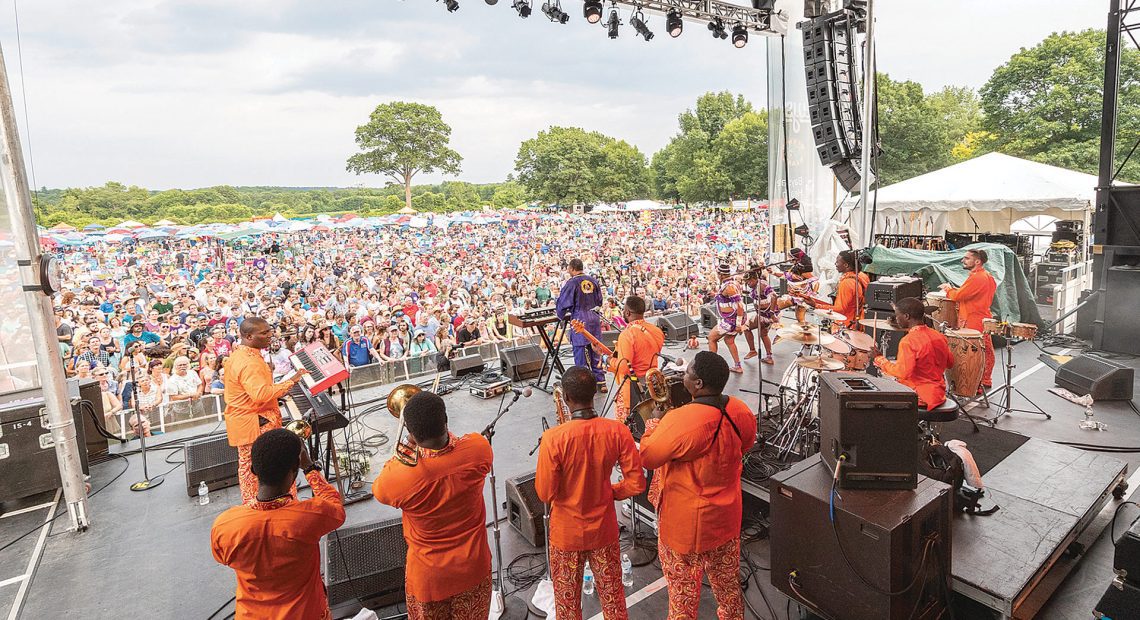
 Valley Blue Sox
Valley Blue Sox Green River Festival
Green River Festival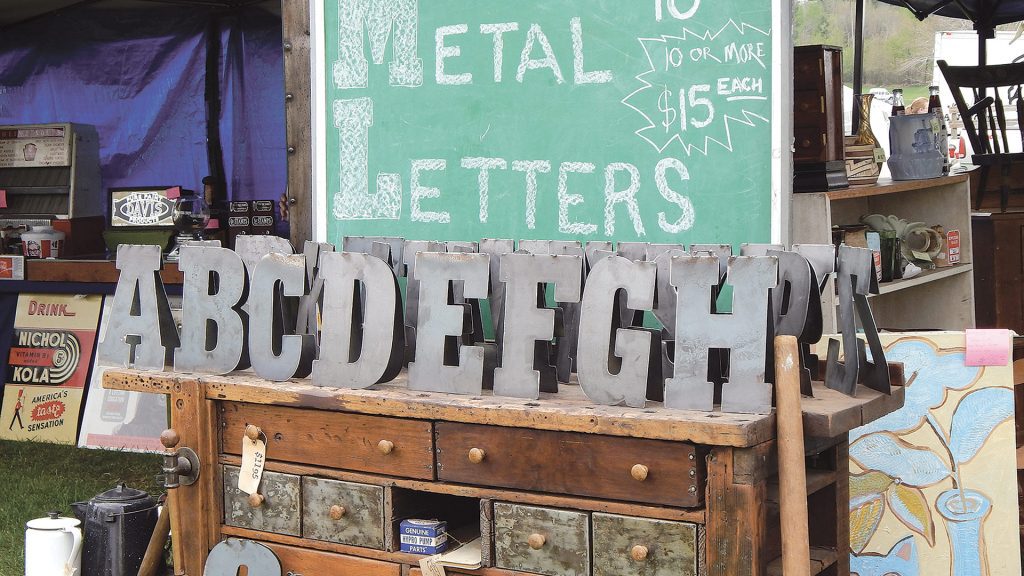 Brimfield Outdoor Antiques Show
Brimfield Outdoor Antiques Show Springfield Jazz and Roots Festival
Springfield Jazz and Roots Festival Agricultural Fairs
Agricultural Fairs FreshGrass Festival
FreshGrass Festival Old Deerfield Craft Fair
Old Deerfield Craft Fair


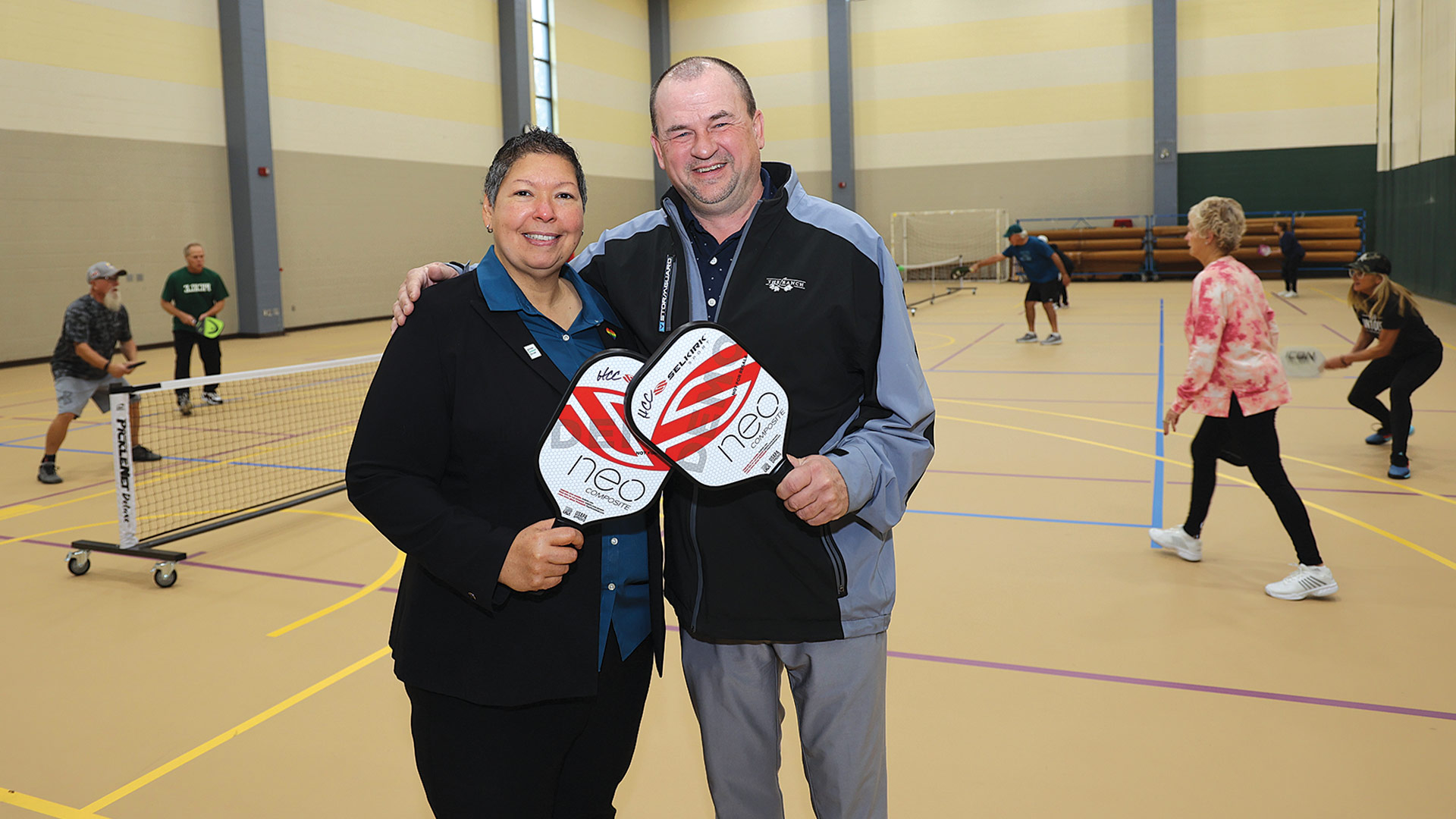
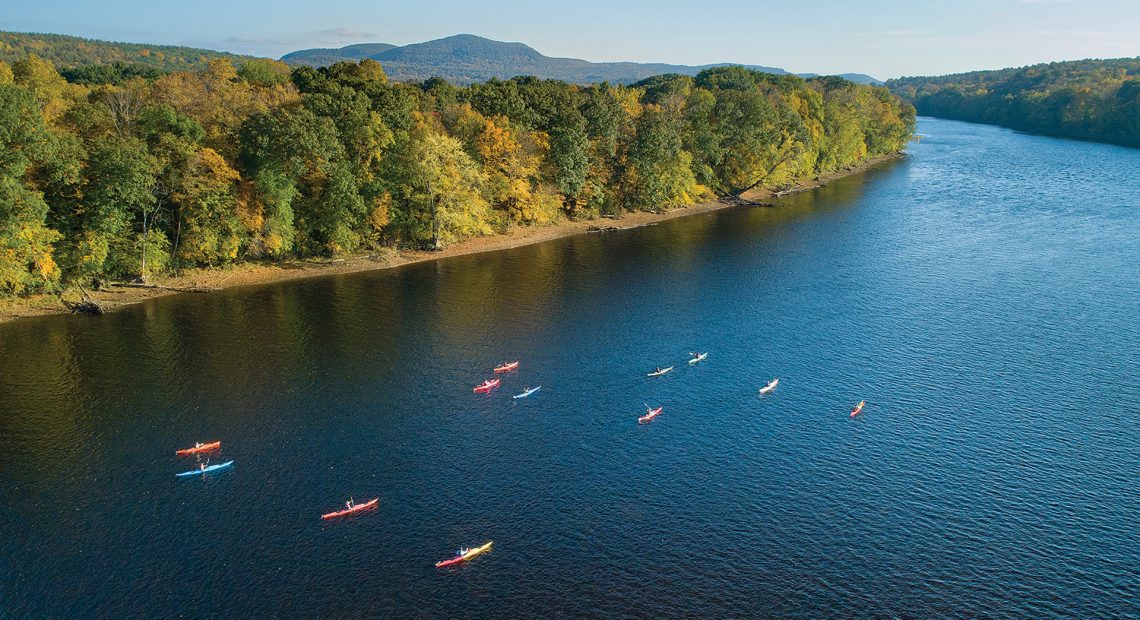






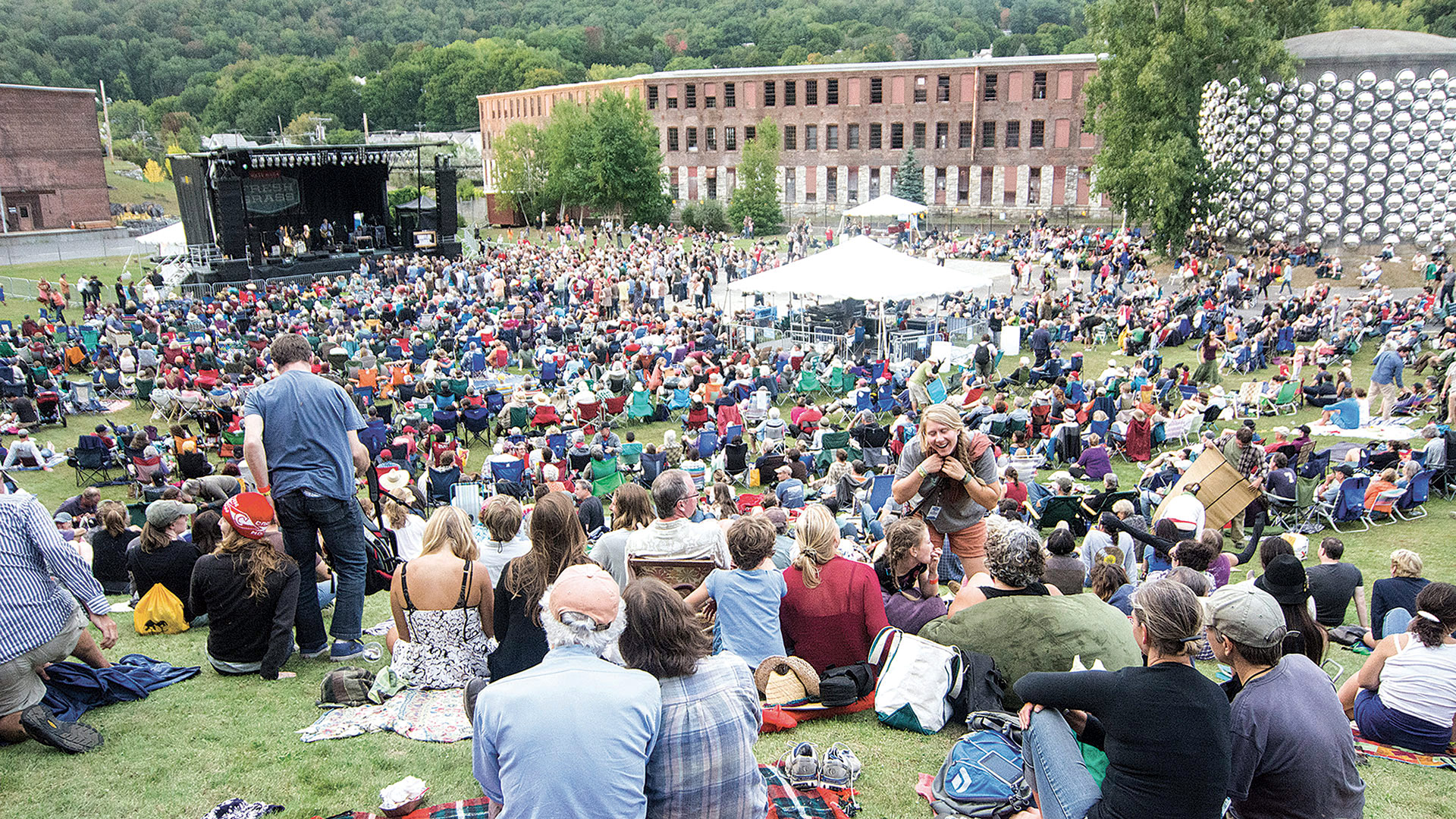
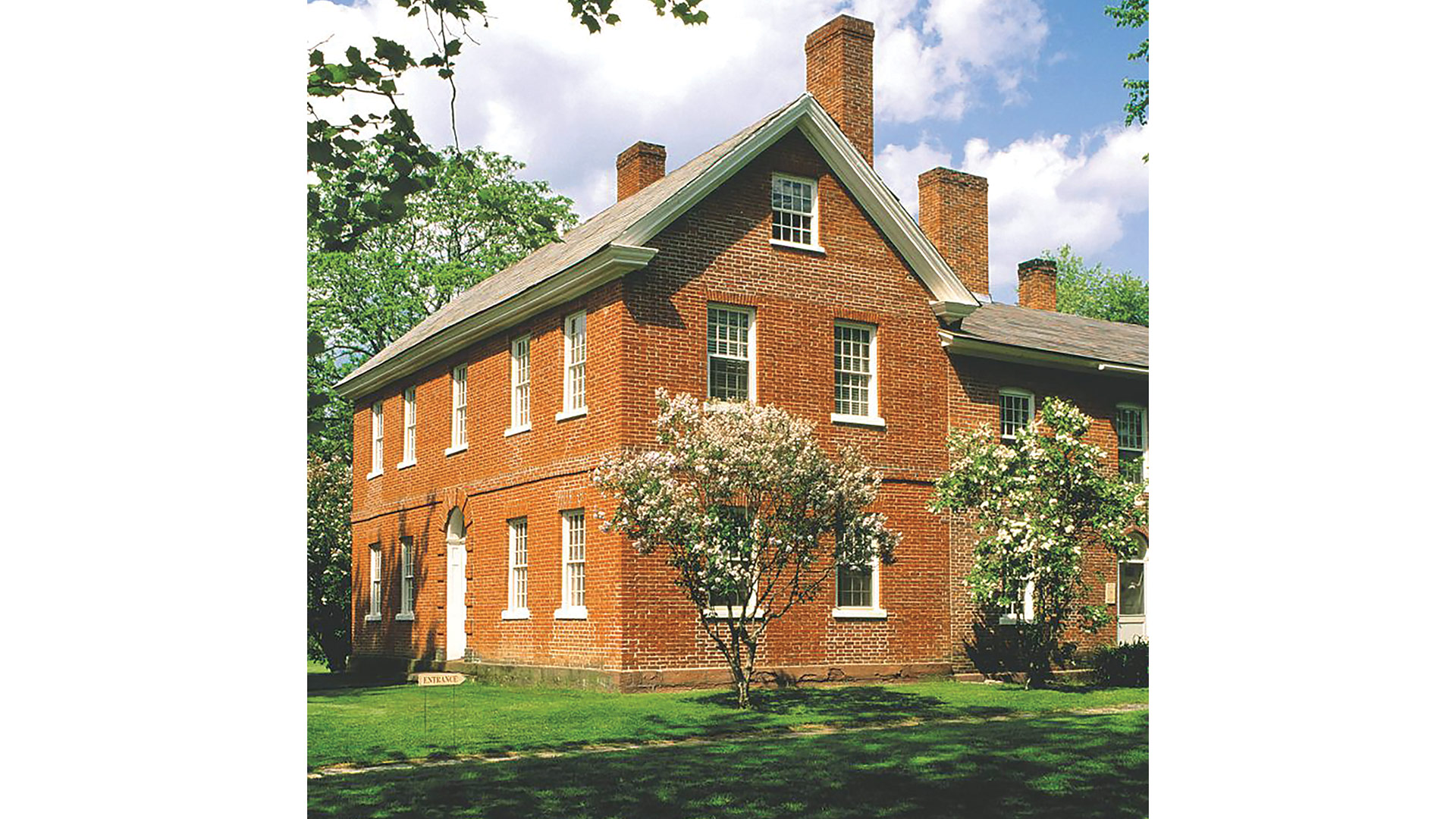
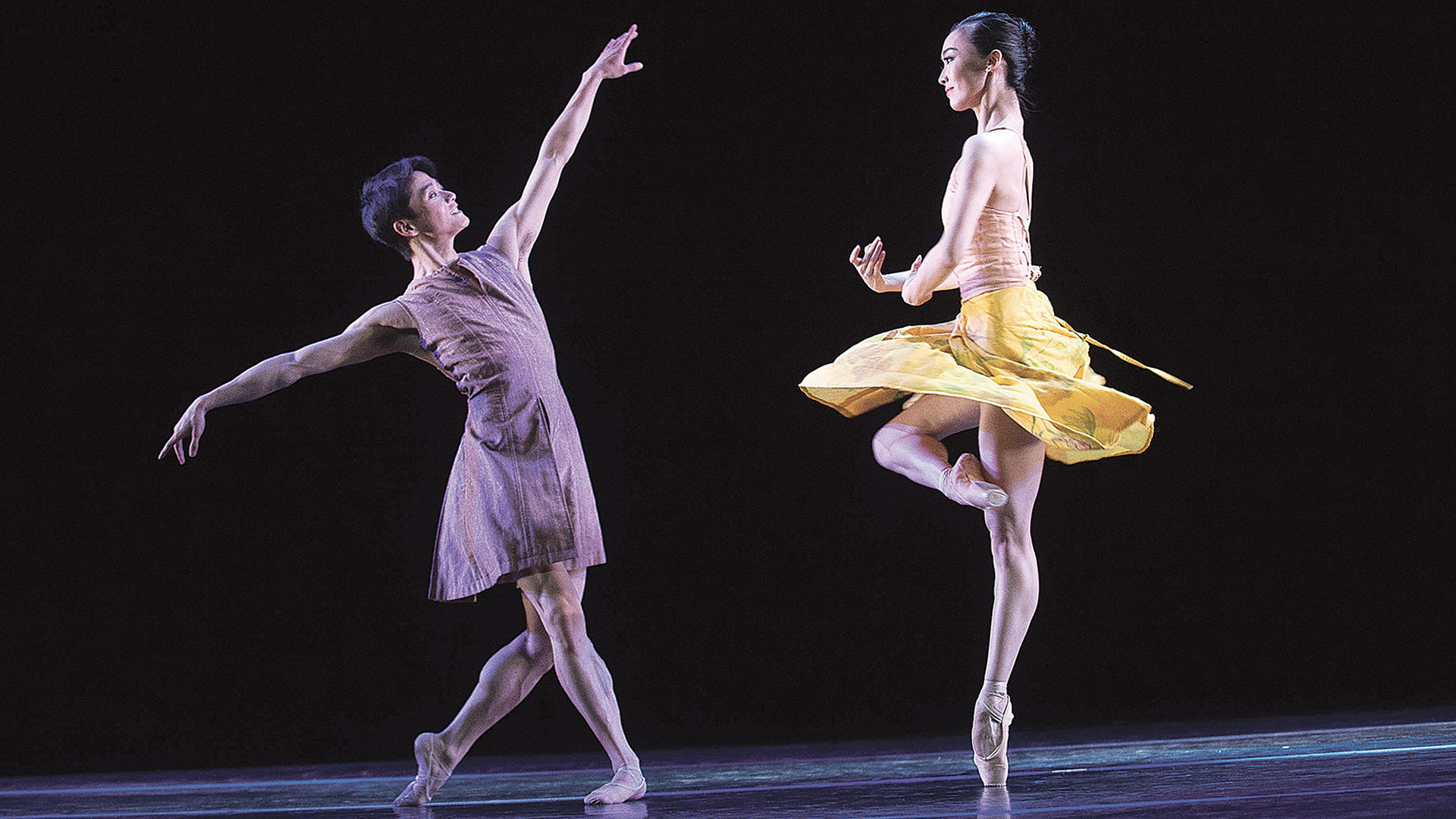

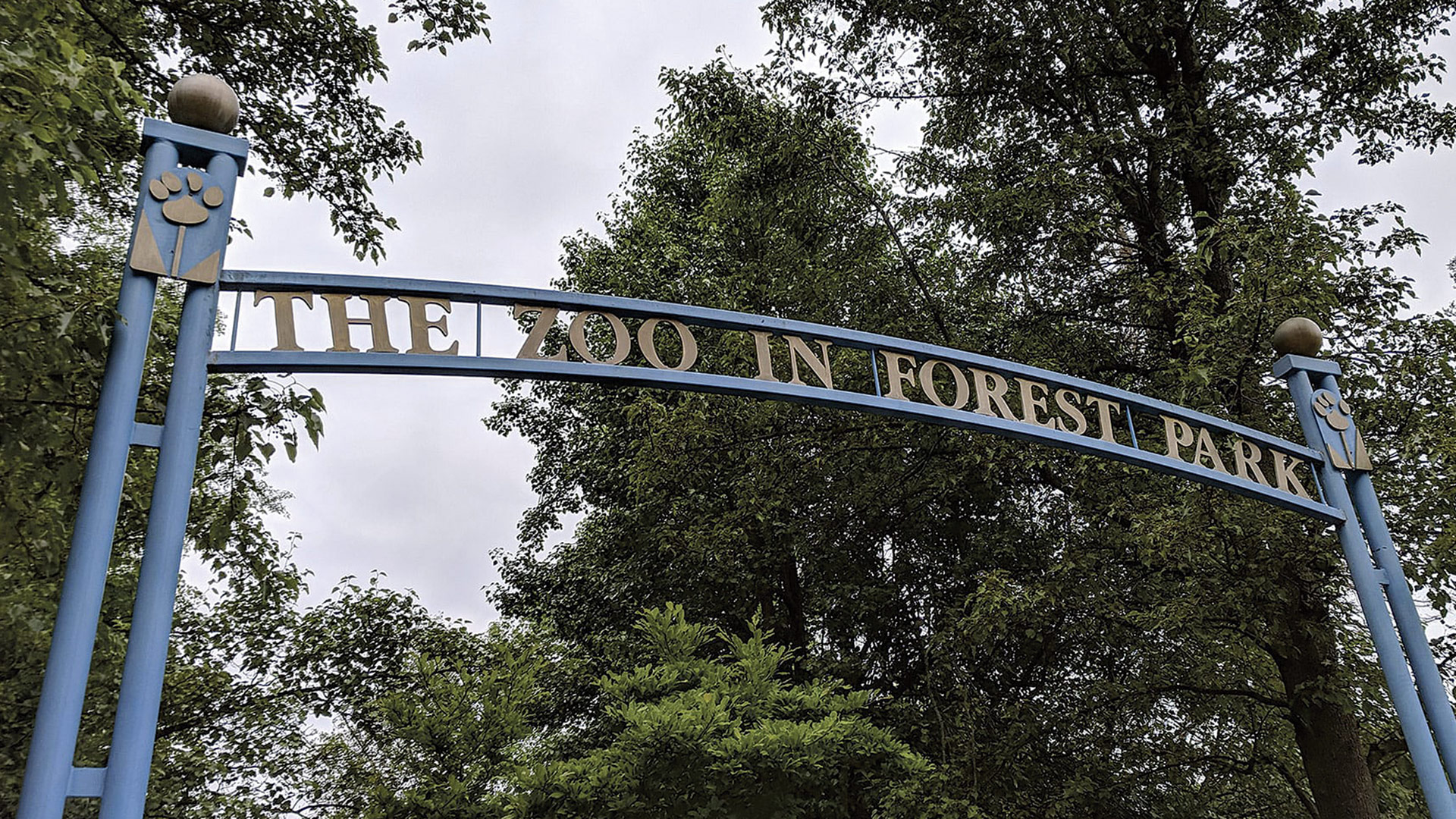
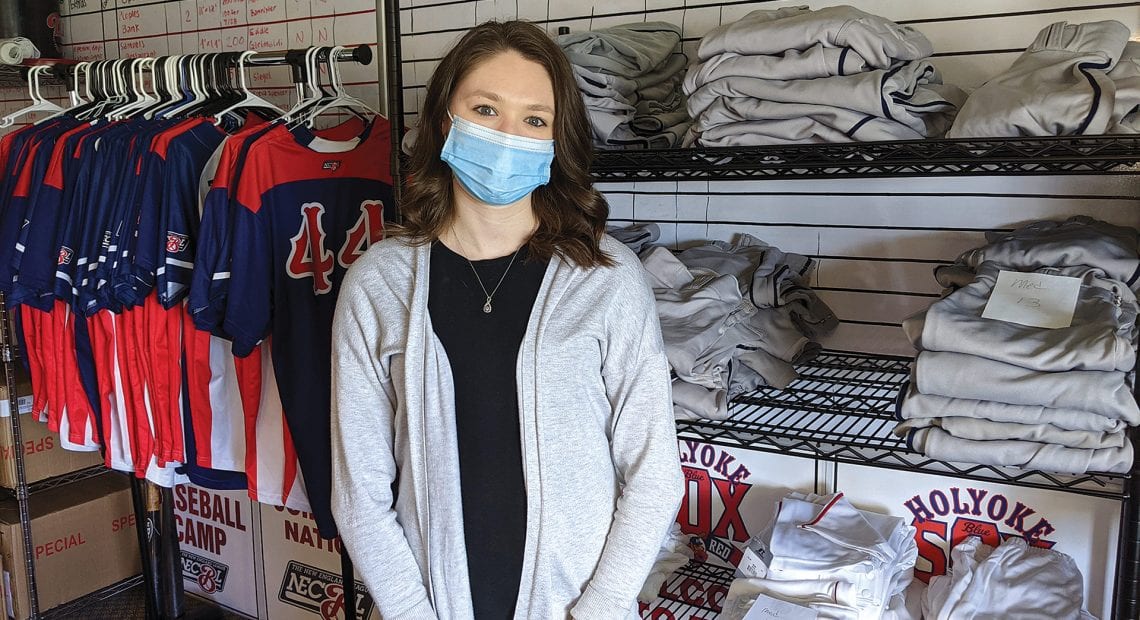

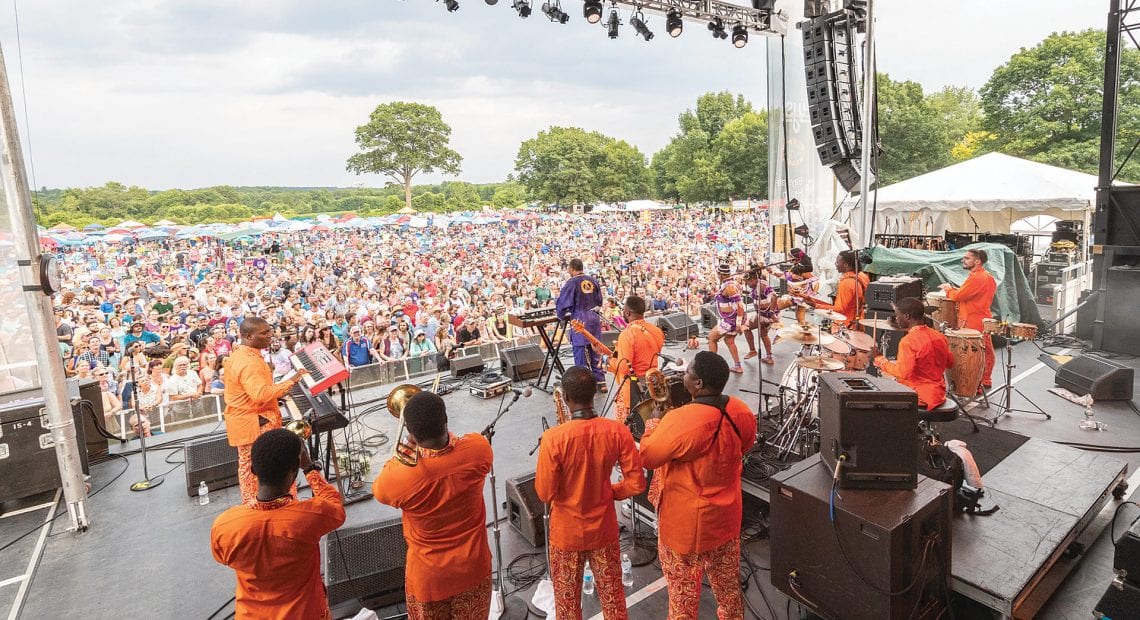



 Mid-January is typically the slowest time for the region’s tourism sector. The holidays are over, and college graduations, summer, and the Big E are months away. But this January, and especially Martin Luther King Jr. weekend, will be different. Much different. Two massive happenings — the
Mid-January is typically the slowest time for the region’s tourism sector. The holidays are over, and college graduations, summer, and the Big E are months away. But this January, and especially Martin Luther King Jr. weekend, will be different. Much different. Two massive happenings — the 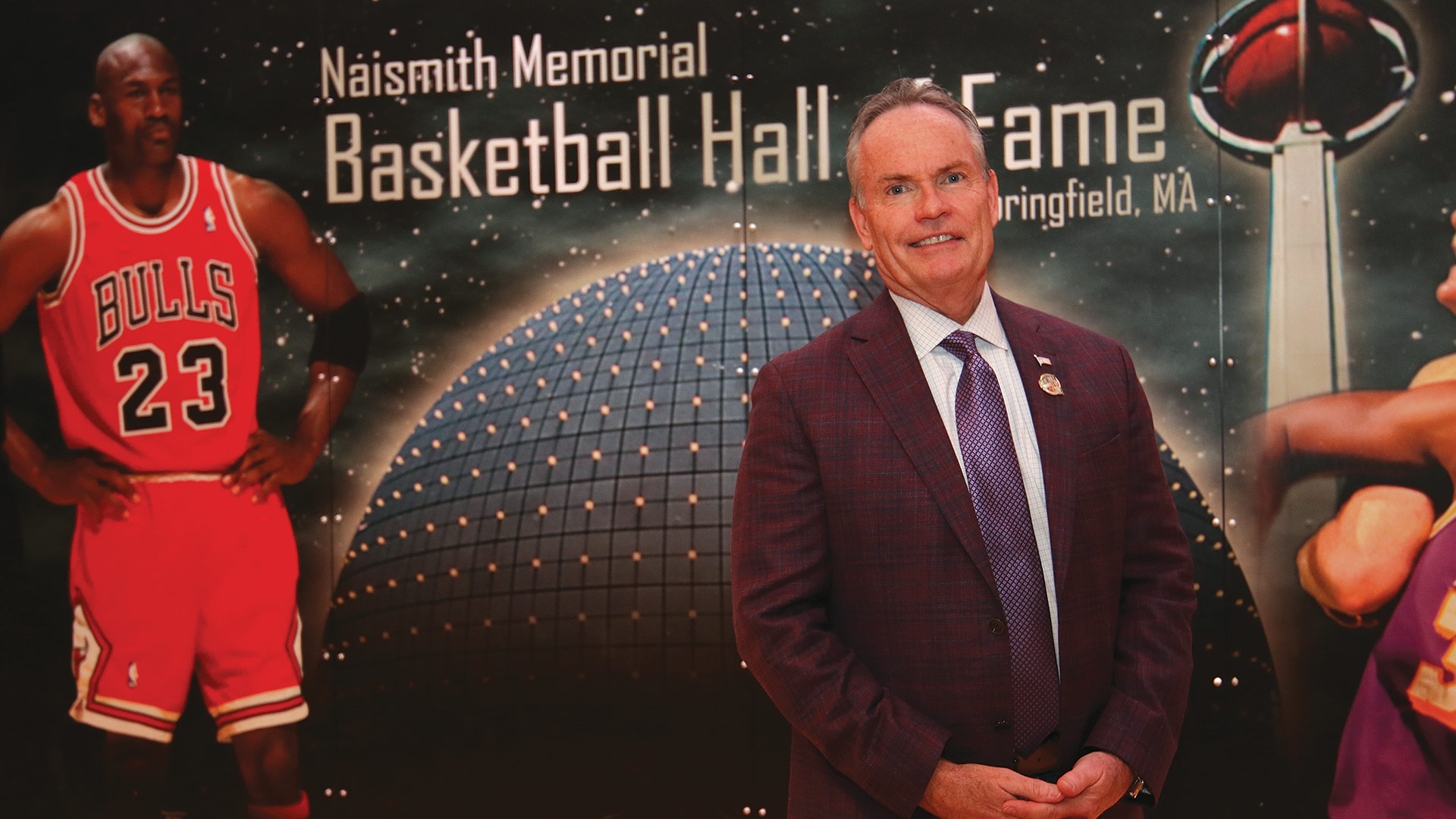

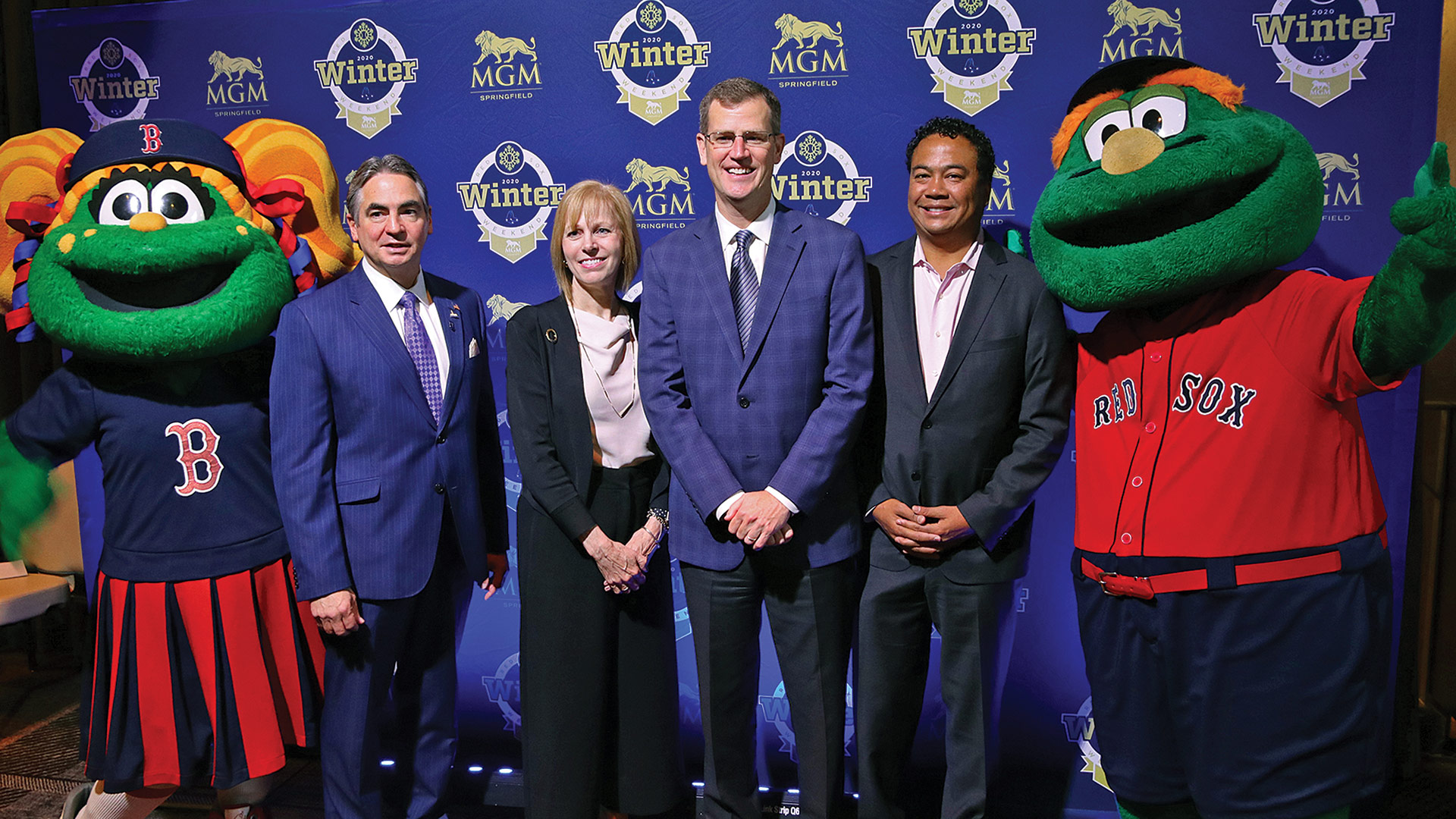
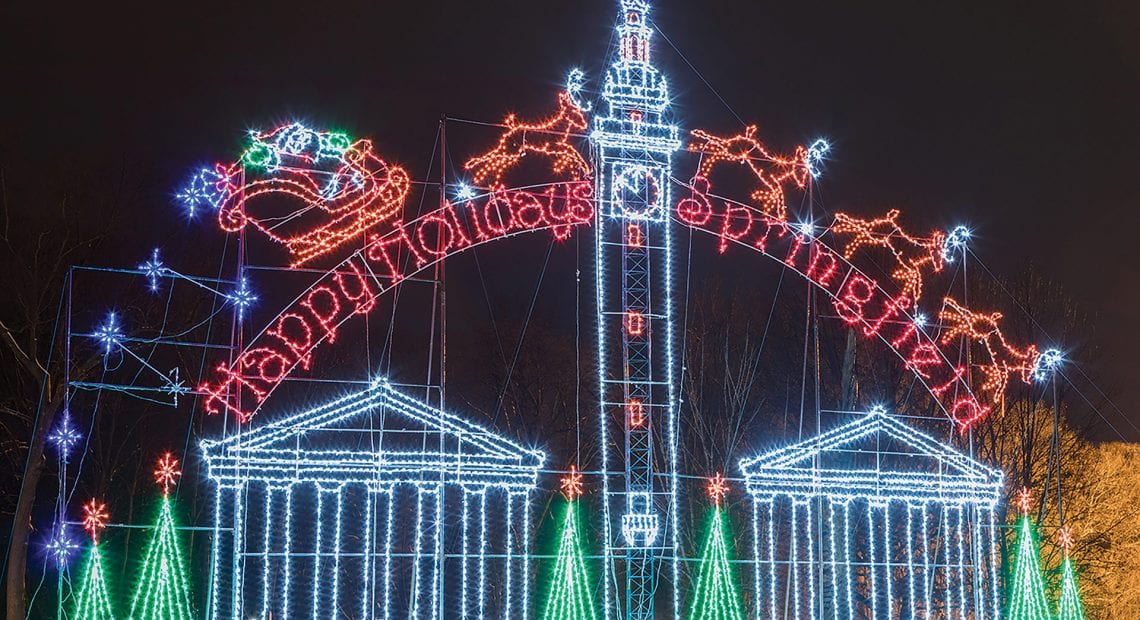
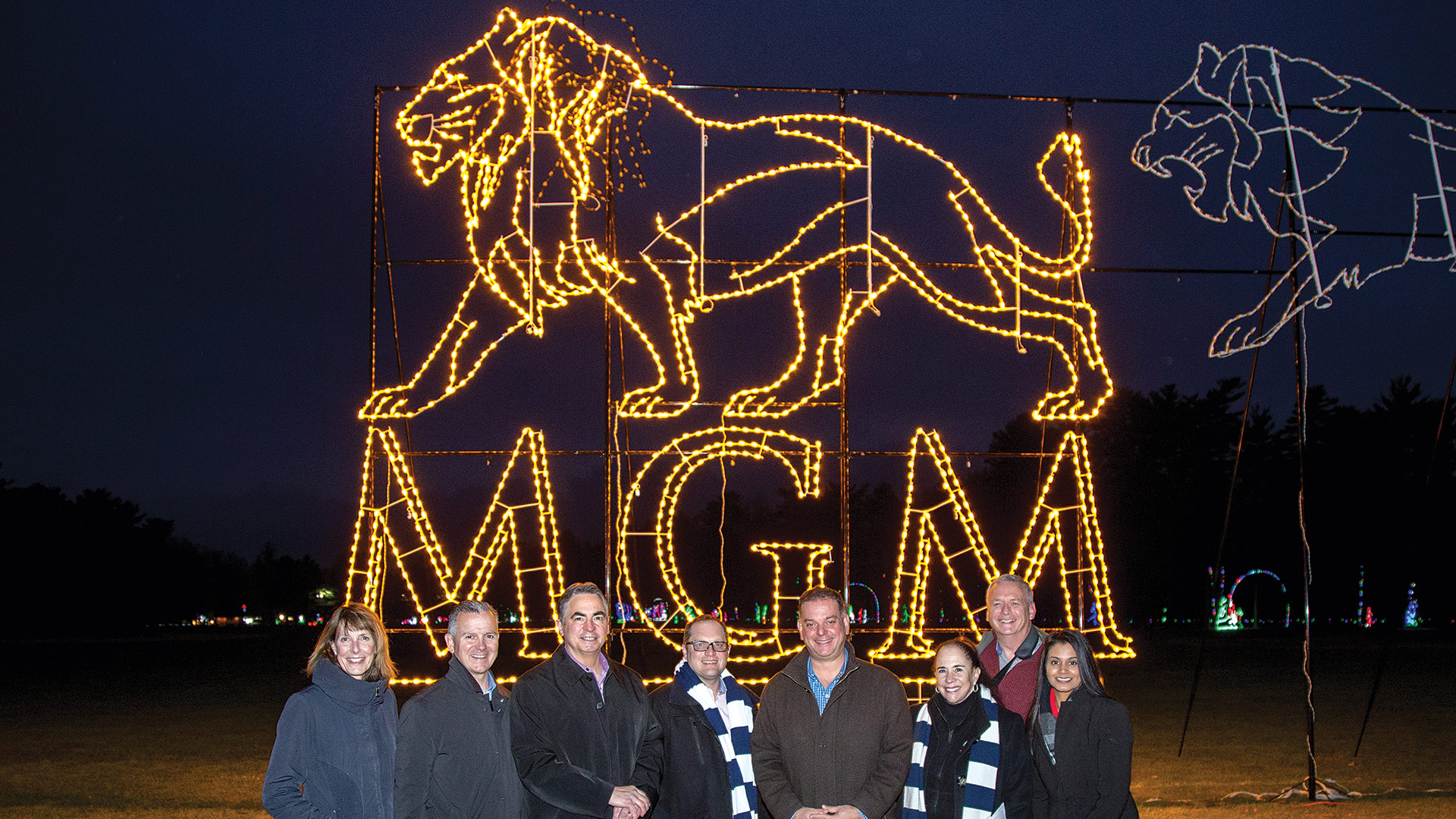


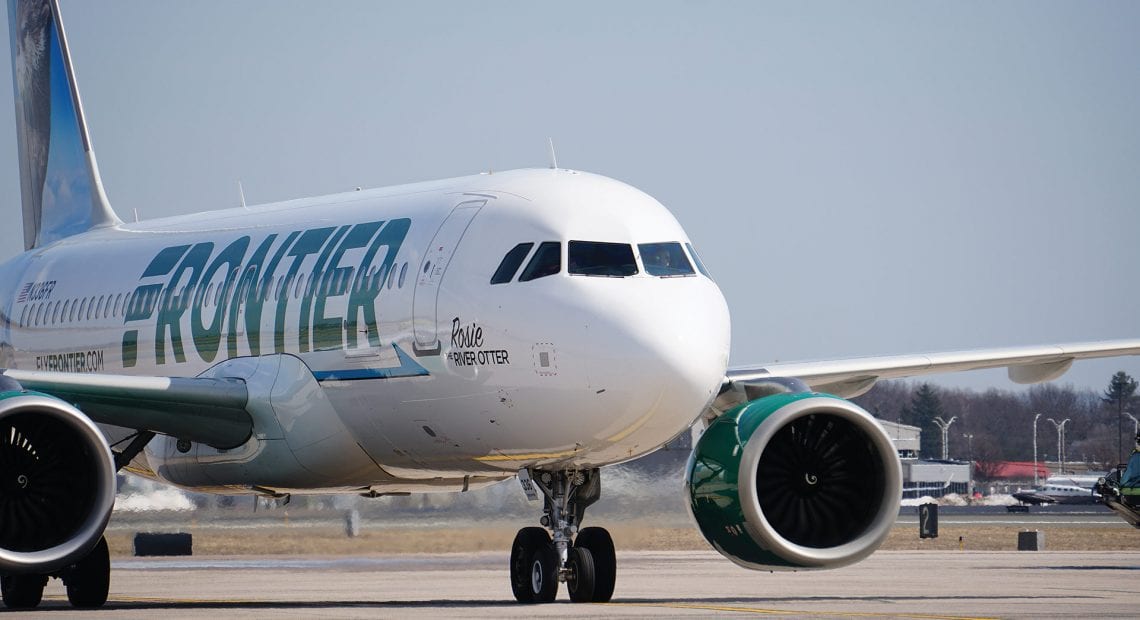
 When the Connecticut Airport Authority (CAA) launched nonstop flights on Frontier Airlines from
When the Connecticut Airport Authority (CAA) launched nonstop flights on Frontier Airlines from 
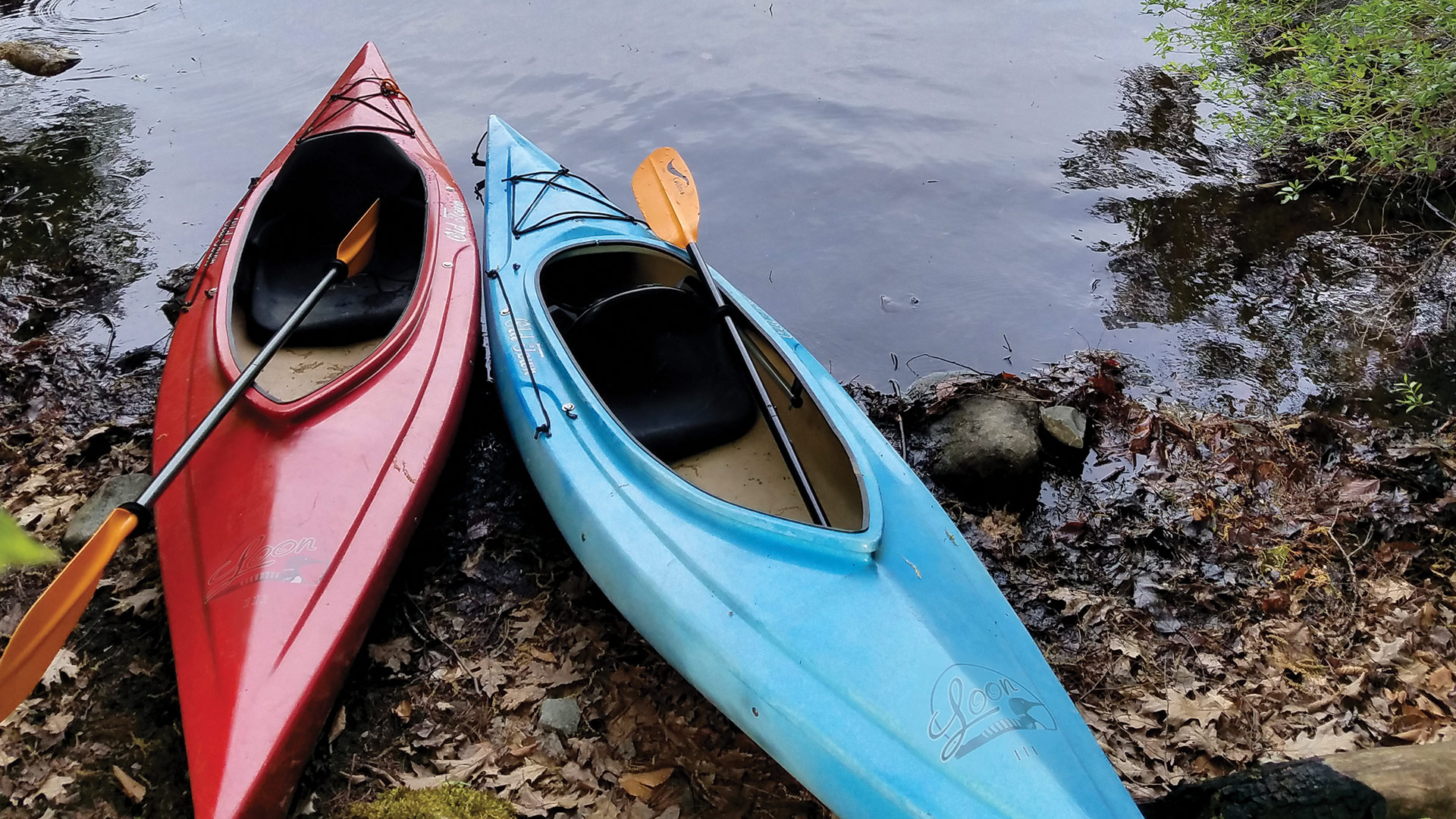

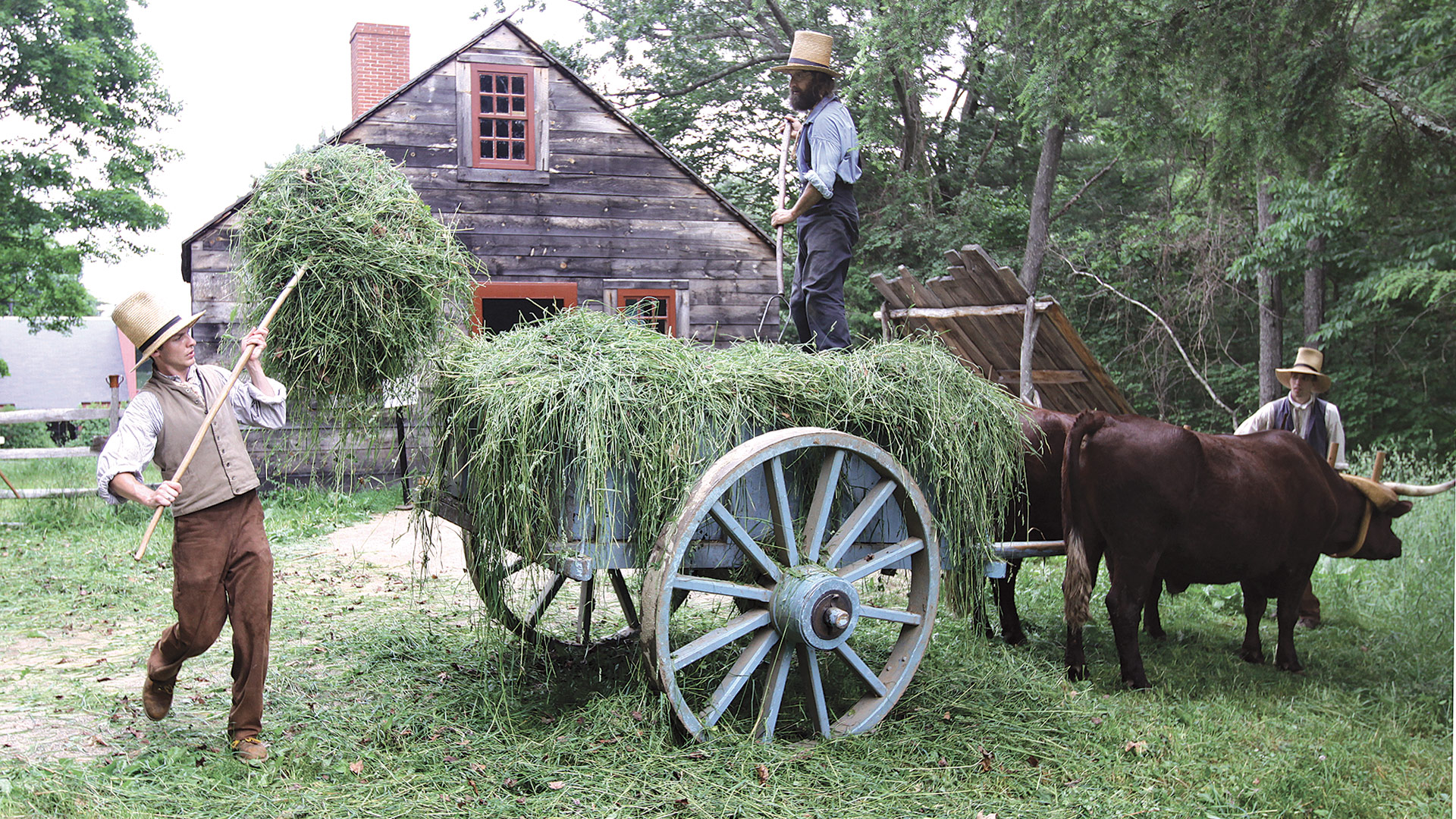


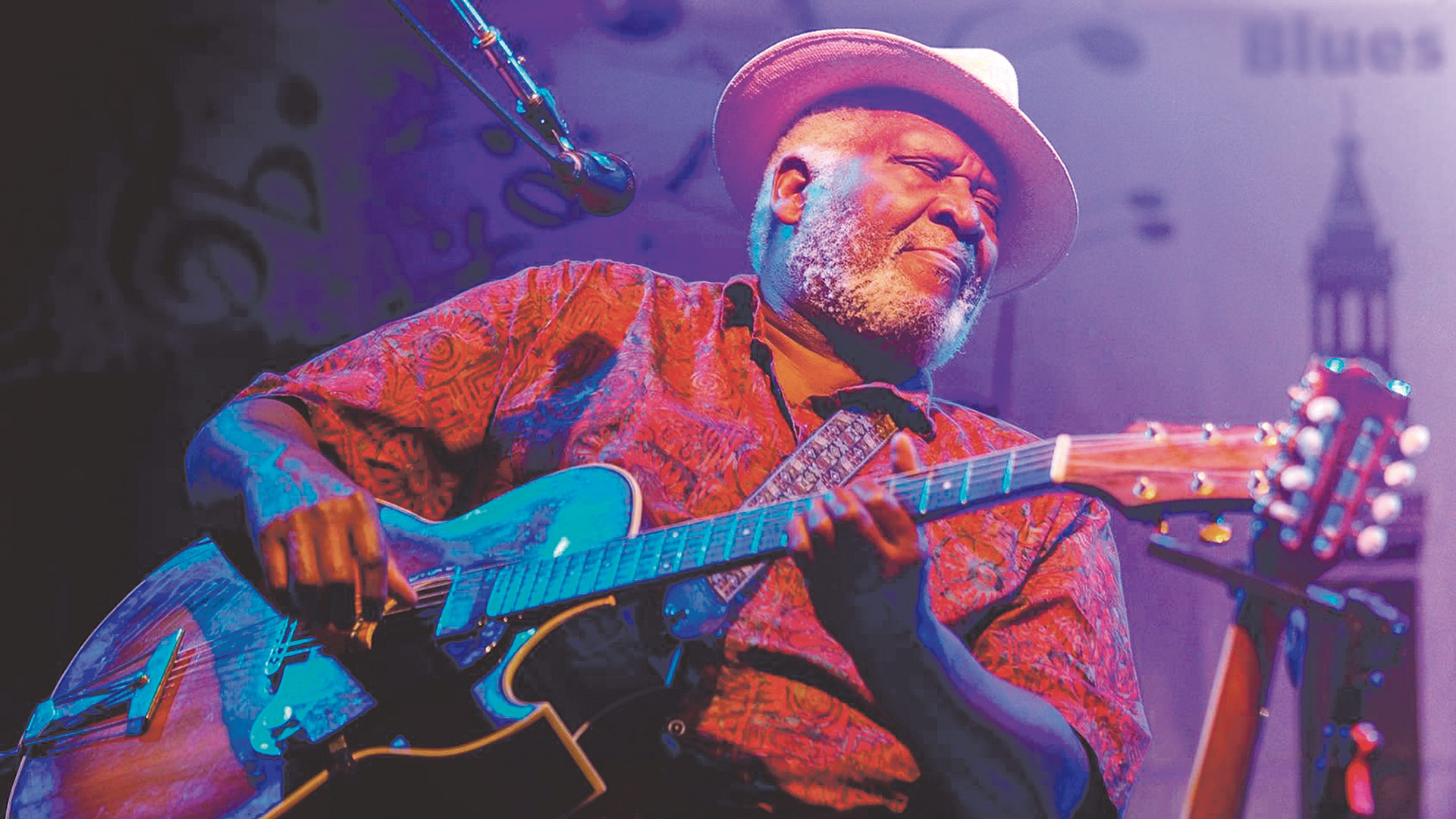
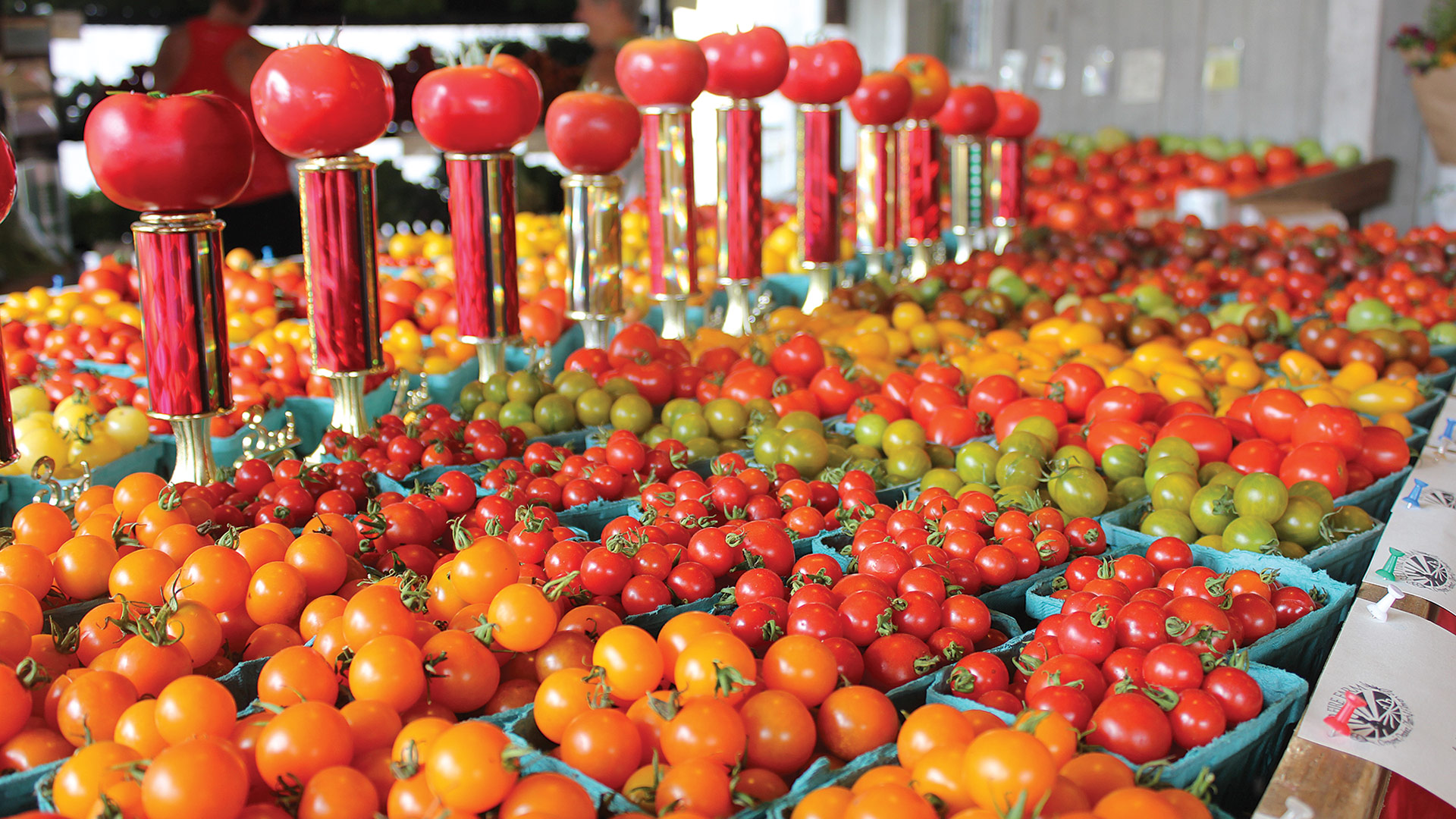
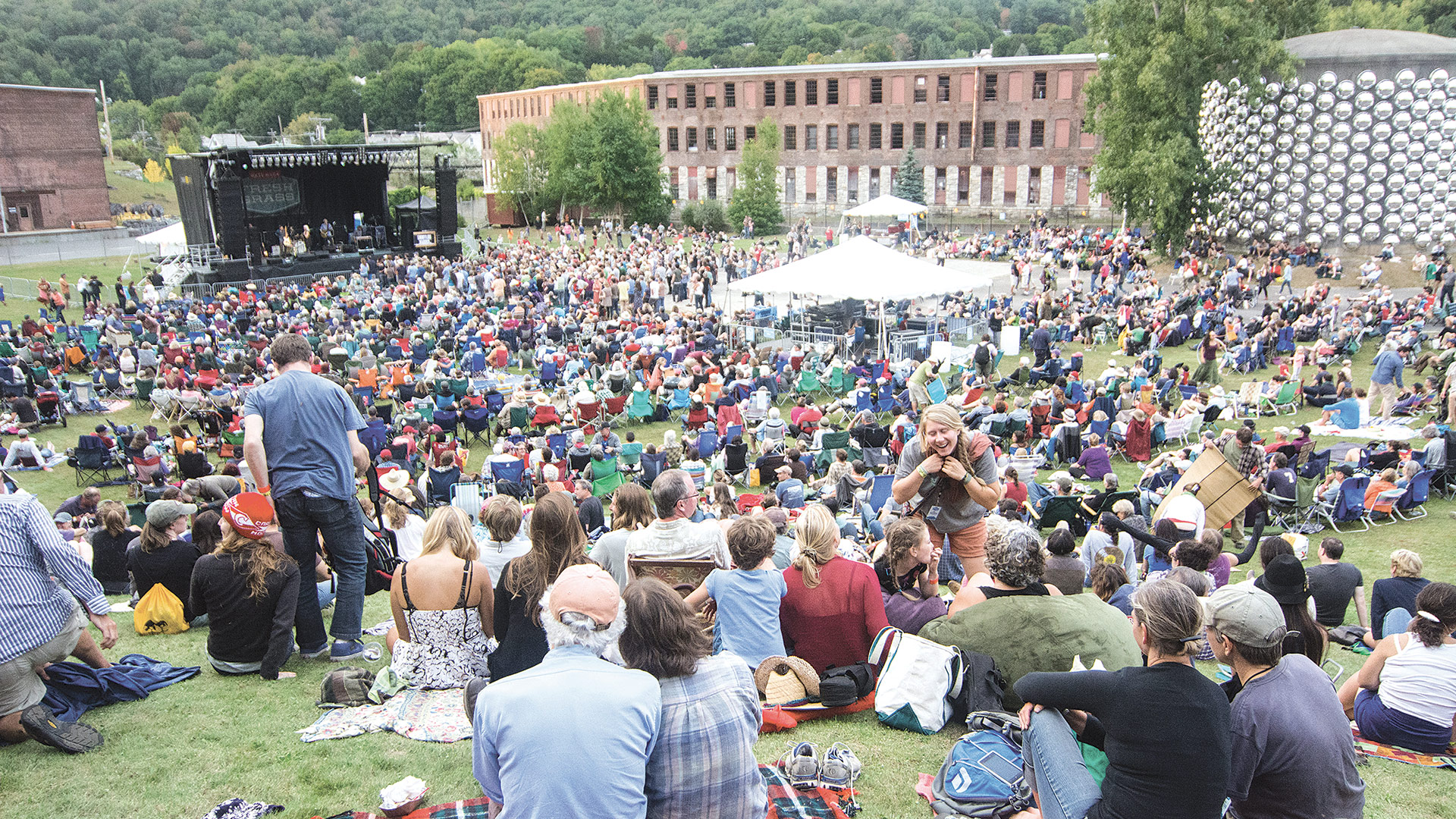

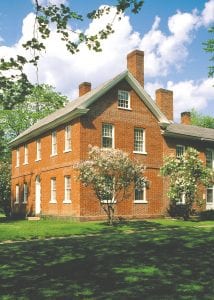
 Vacations are highlights of anyone’s calendar, and summertime is, admittedly, a perfect time to get away. But it’s also a great time to stay at home and enjoy the embarrassment of riches Western Mass. has to offer when it comes to arts and entertainment, cultural experiences, community gatherings, and encounters with nature. From music festivals and agricultural fairs to zoos and water activities — and much more — here is BusinessWest’s annual rundown of some of the region’s outdoor highlights. Have fun!
Vacations are highlights of anyone’s calendar, and summertime is, admittedly, a perfect time to get away. But it’s also a great time to stay at home and enjoy the embarrassment of riches Western Mass. has to offer when it comes to arts and entertainment, cultural experiences, community gatherings, and encounters with nature. From music festivals and agricultural fairs to zoos and water activities — and much more — here is BusinessWest’s annual rundown of some of the region’s outdoor highlights. Have fun! Jacob’s Pillow Dance Festival
Jacob’s Pillow Dance Festival Naismith Memorial Basketball Hall of Fame
Naismith Memorial Basketball Hall of Fame Historic Deerfield
Historic Deerfield The Big E
The Big E
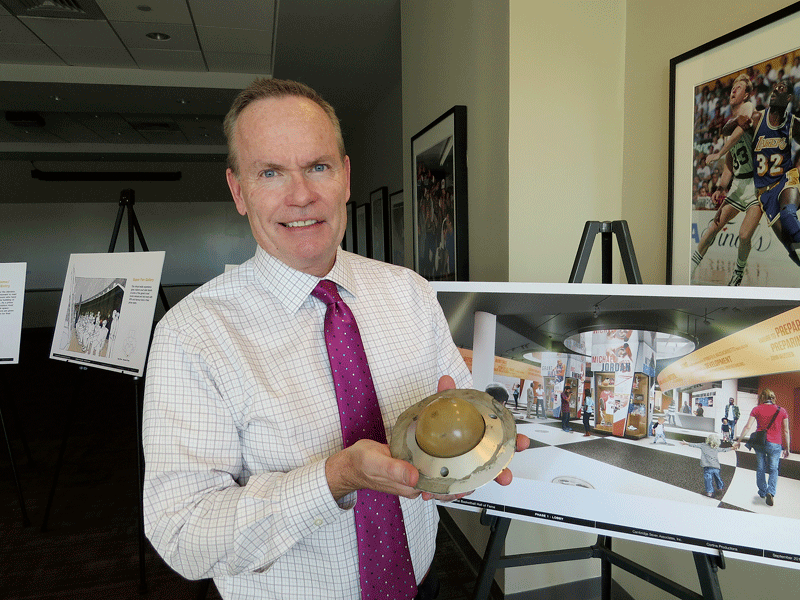
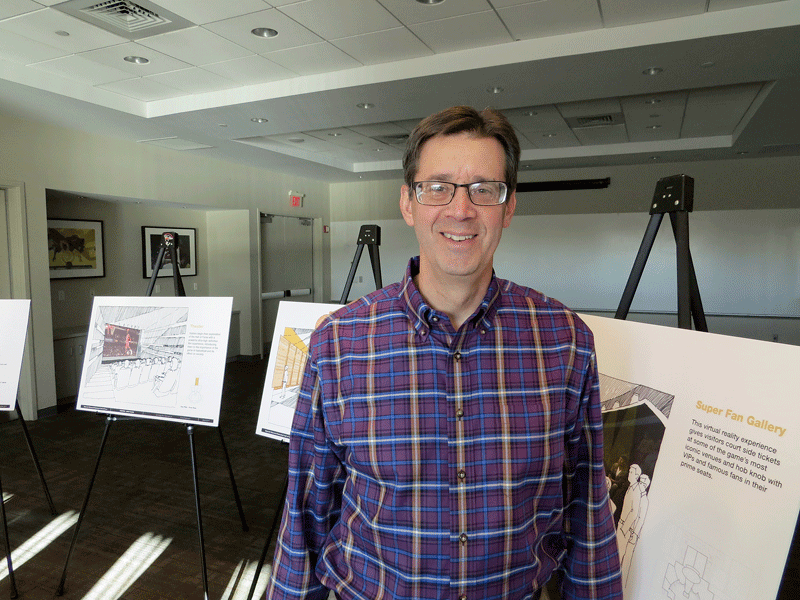

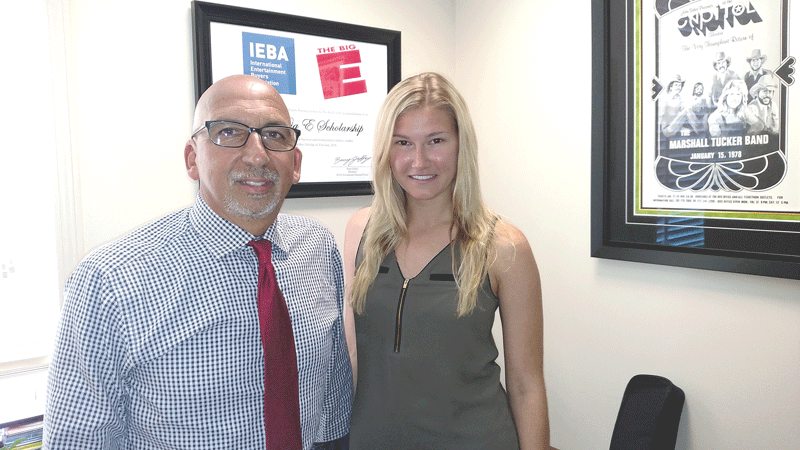


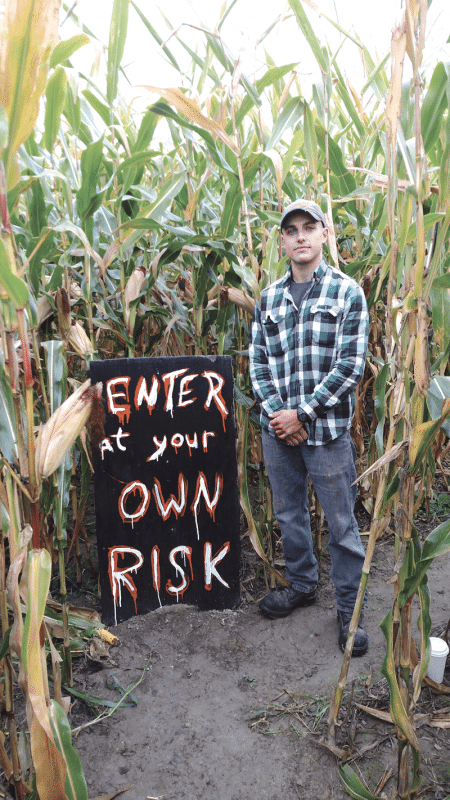

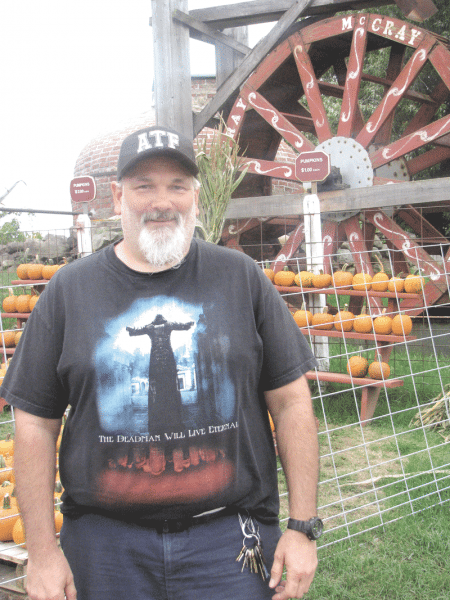

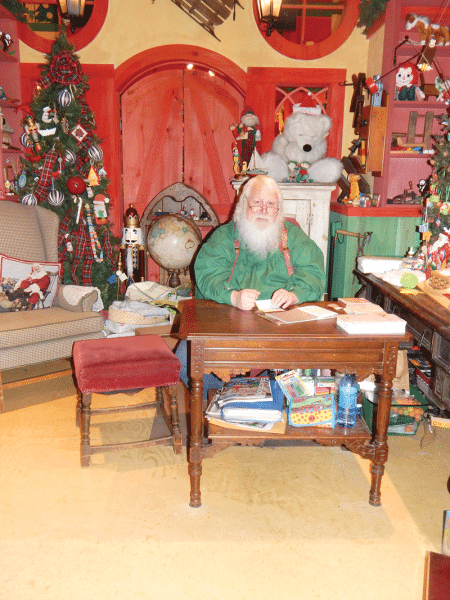


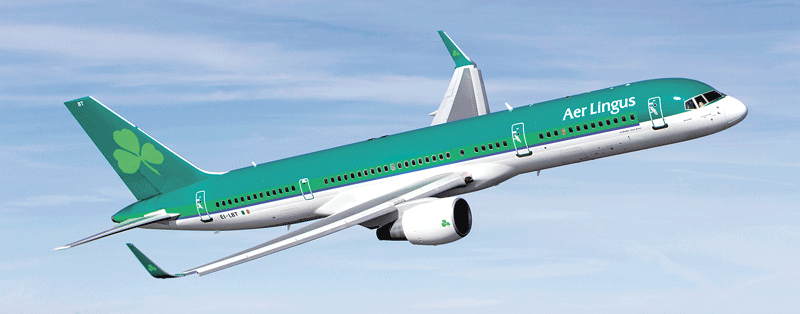
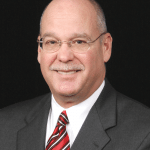




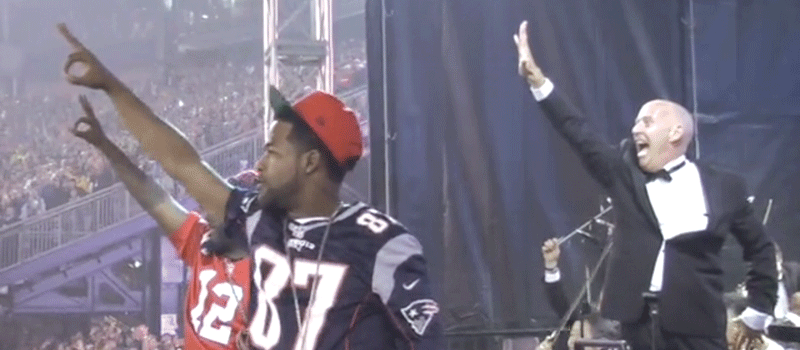
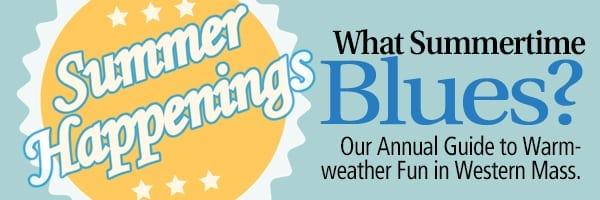

 >Fireworks Shows Various Locations
>Fireworks Shows Various Locations > Glasgow Lands Scottish Festival
> Glasgow Lands Scottish Festival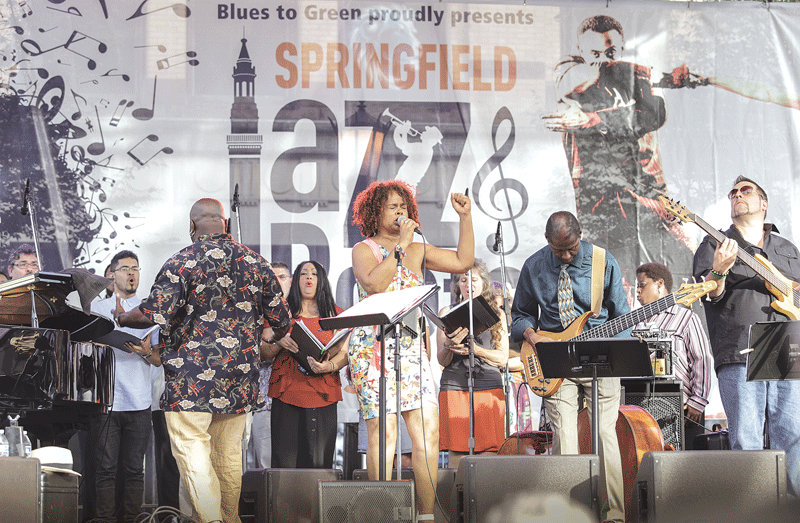
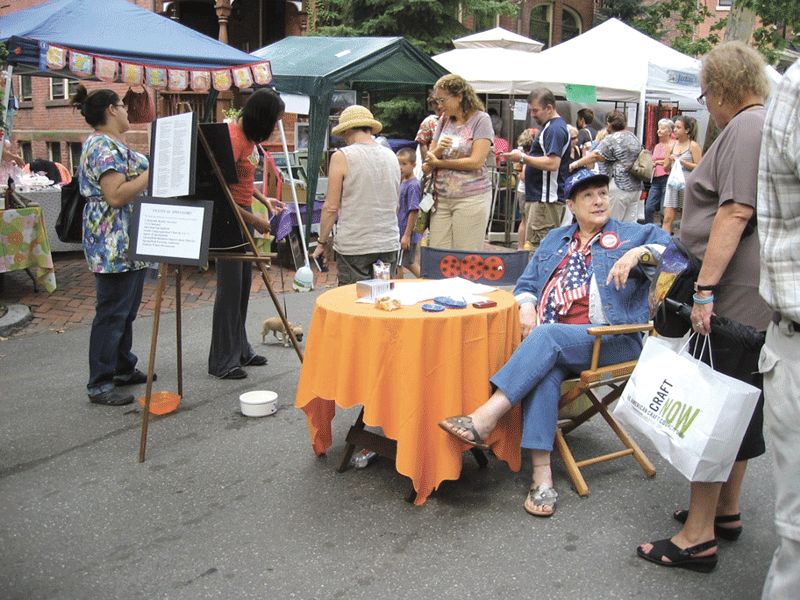 > Mattoon Street Arts Festival
> Mattoon Street Arts Festival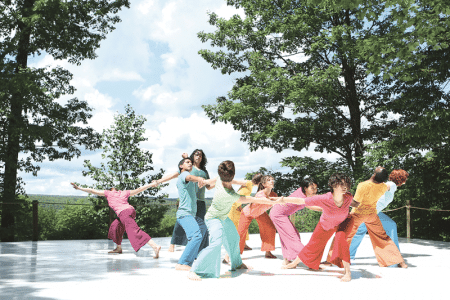 > Jacob’s Pillow Dance Festival
> Jacob’s Pillow Dance Festival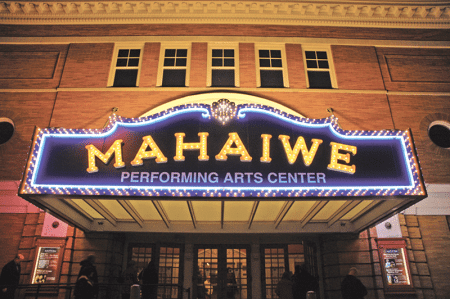 > Mahaiwe Performing
> Mahaiwe Performing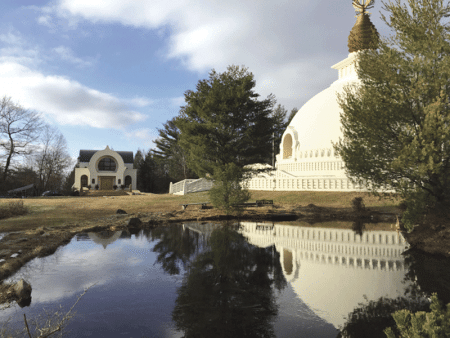 > New England Peace Pagoda
> New England Peace Pagoda > Six Flags New England
> Six Flags New England